


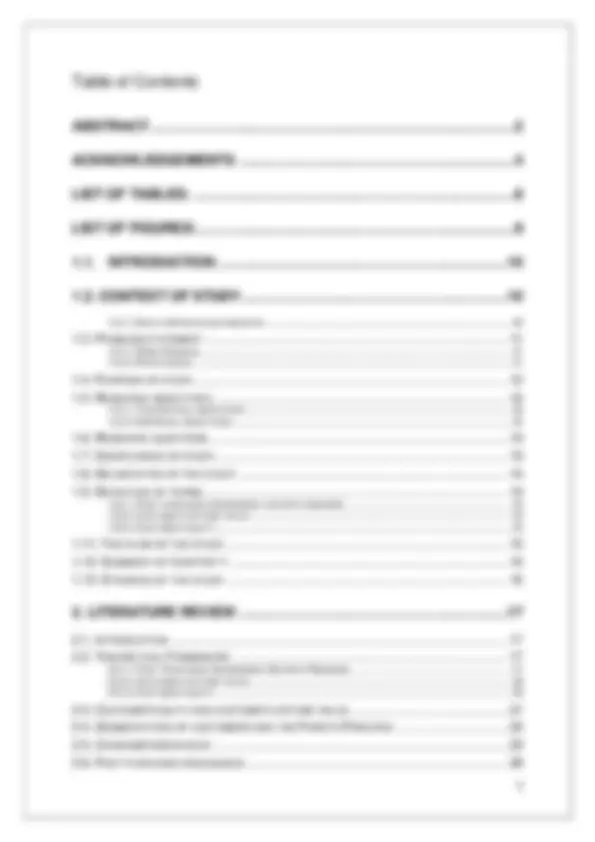
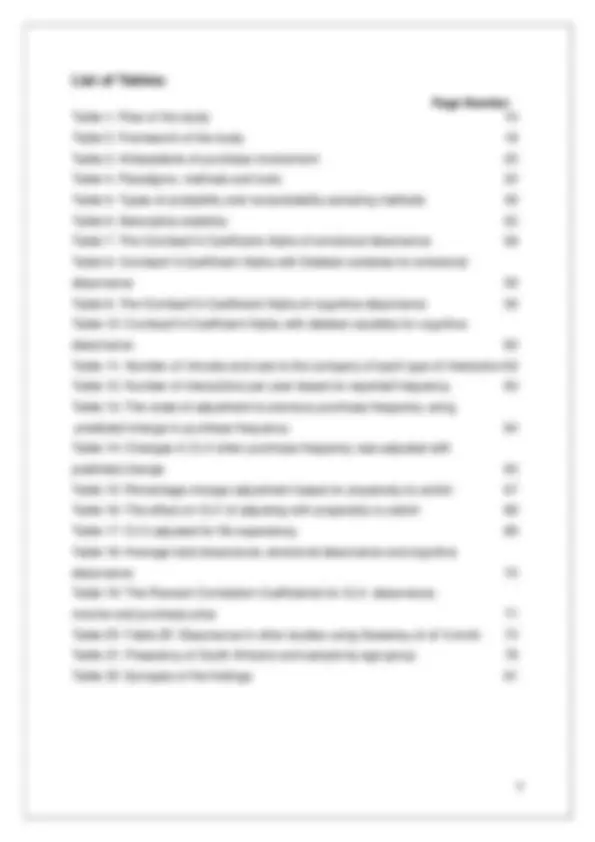

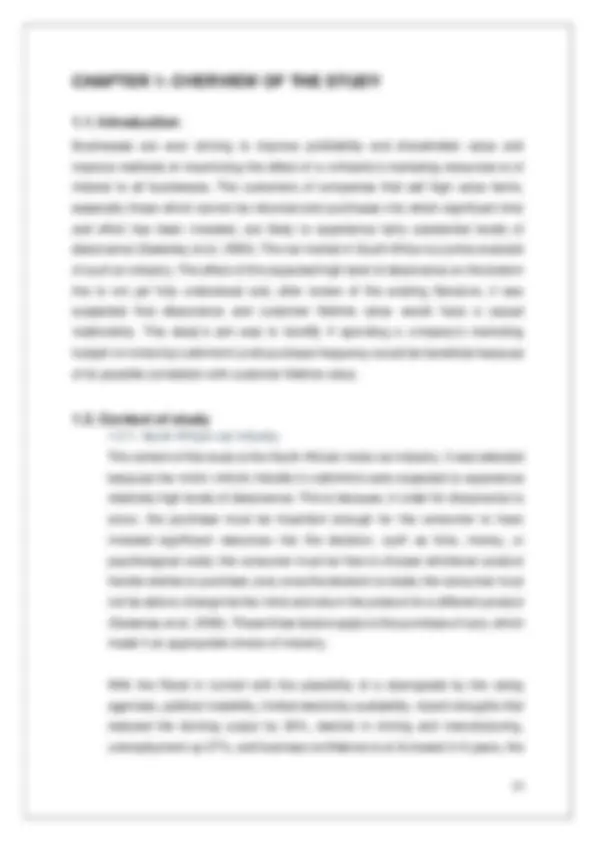
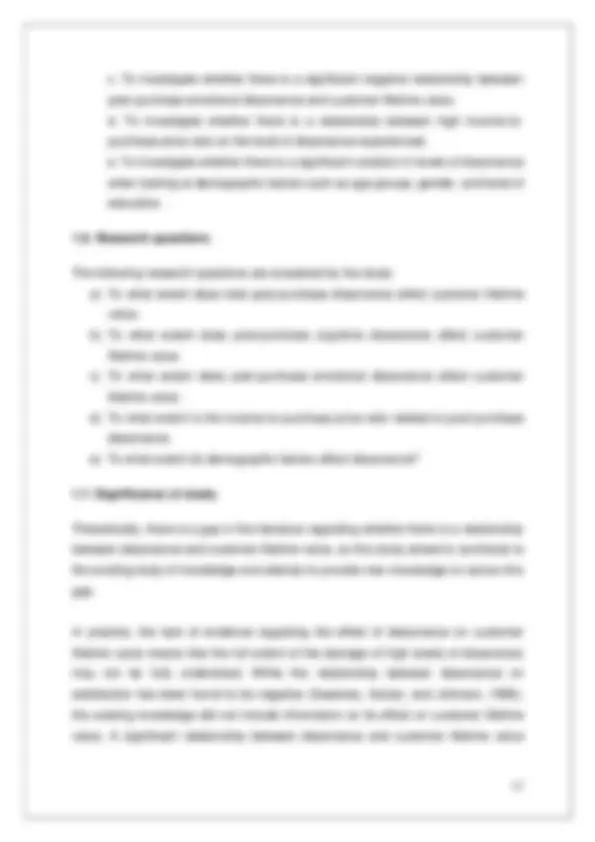
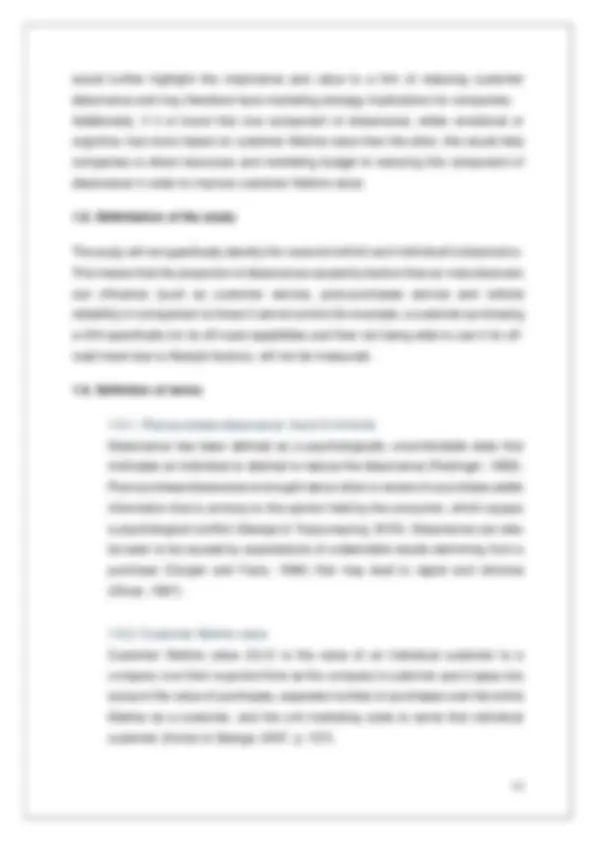
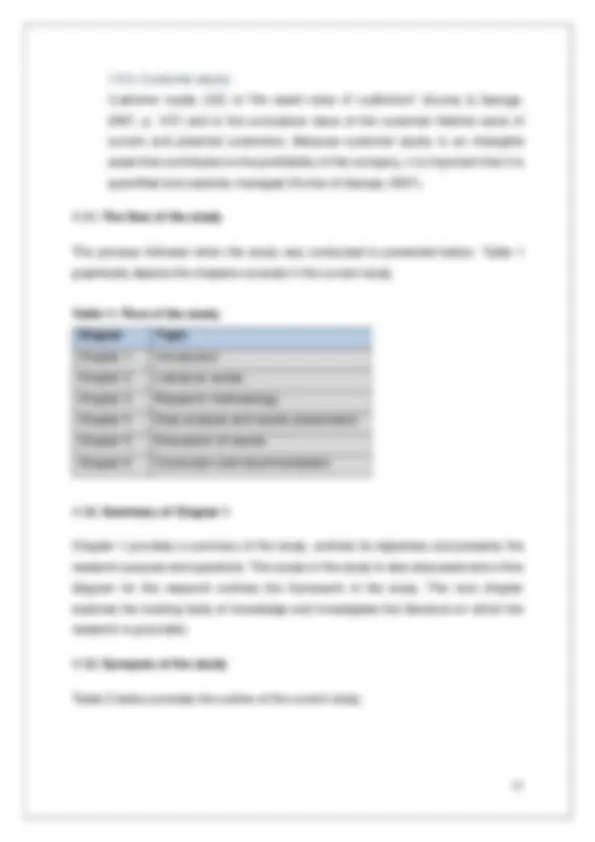
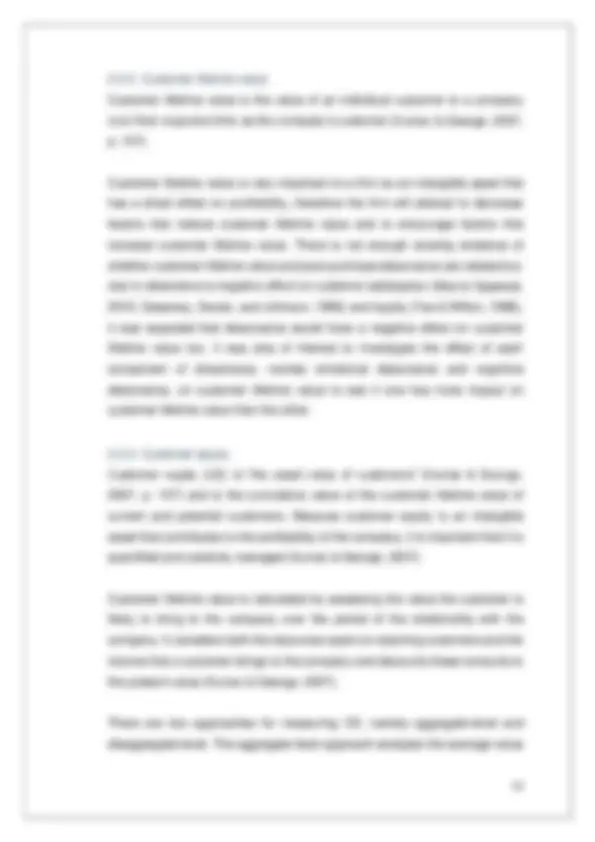
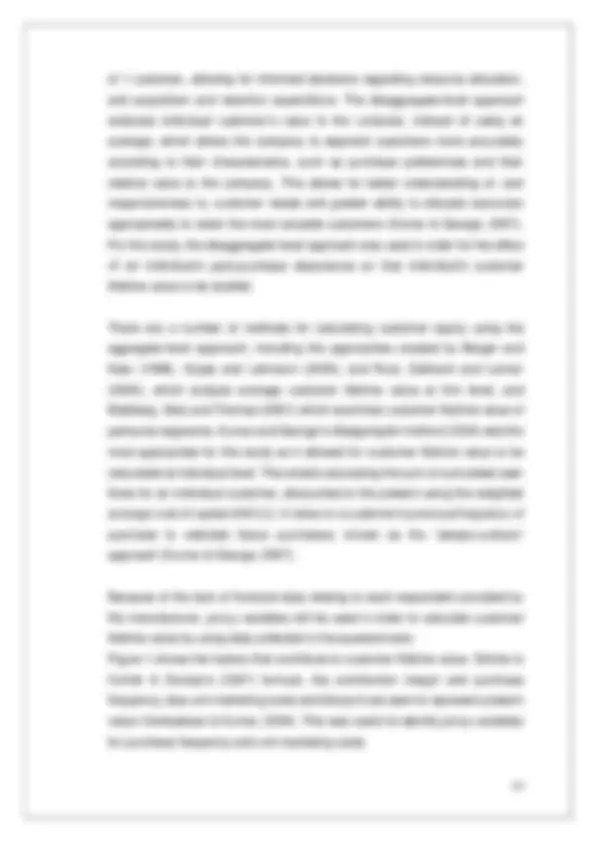
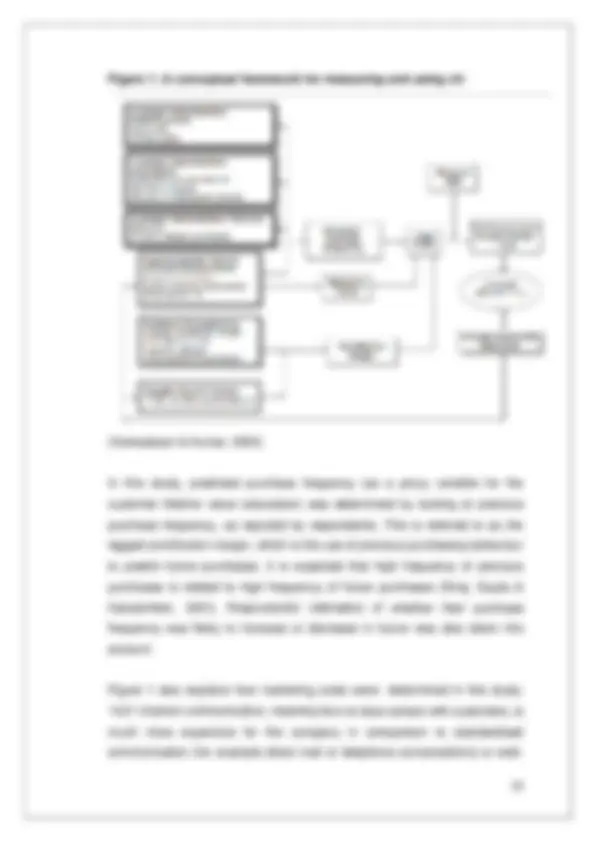
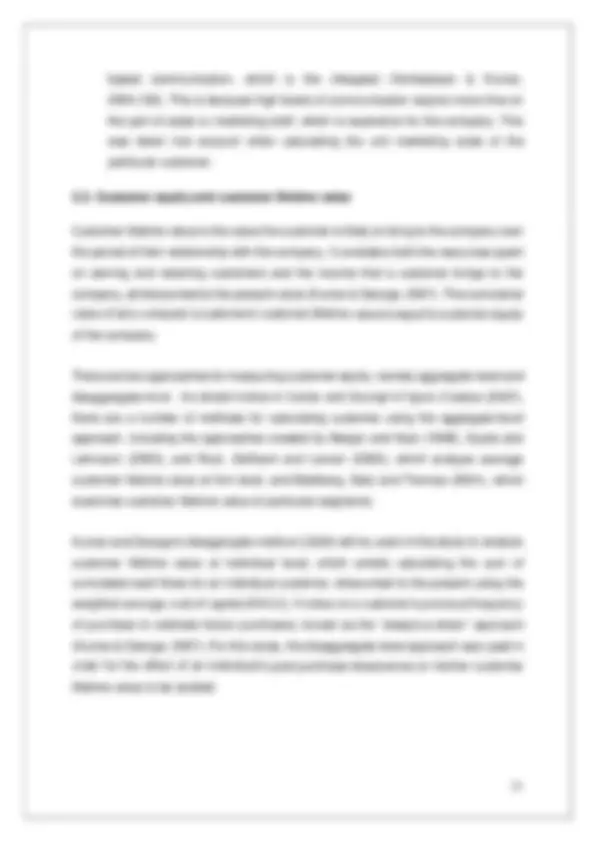
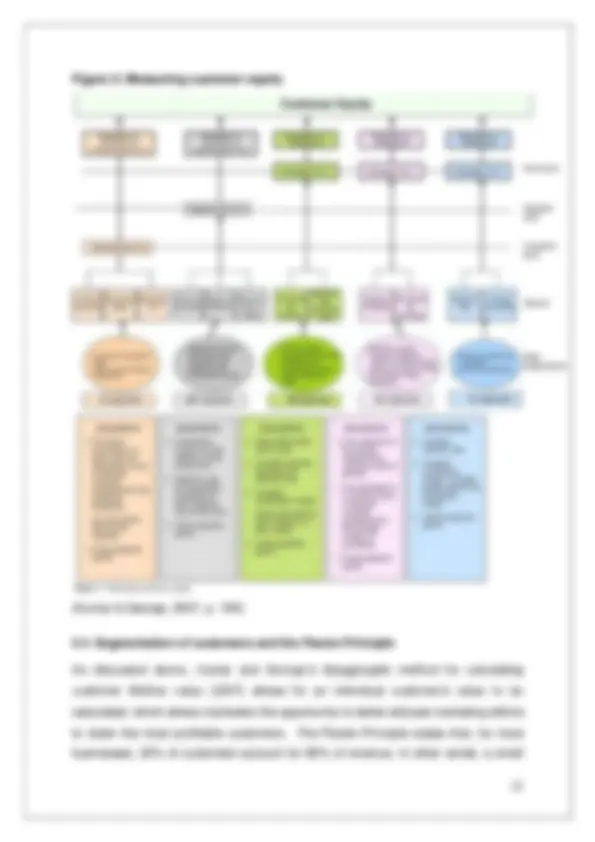
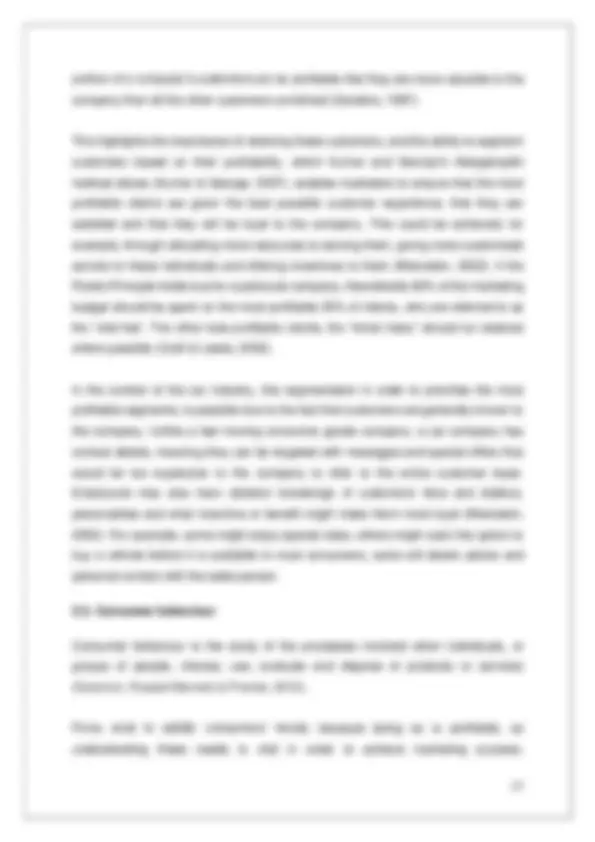
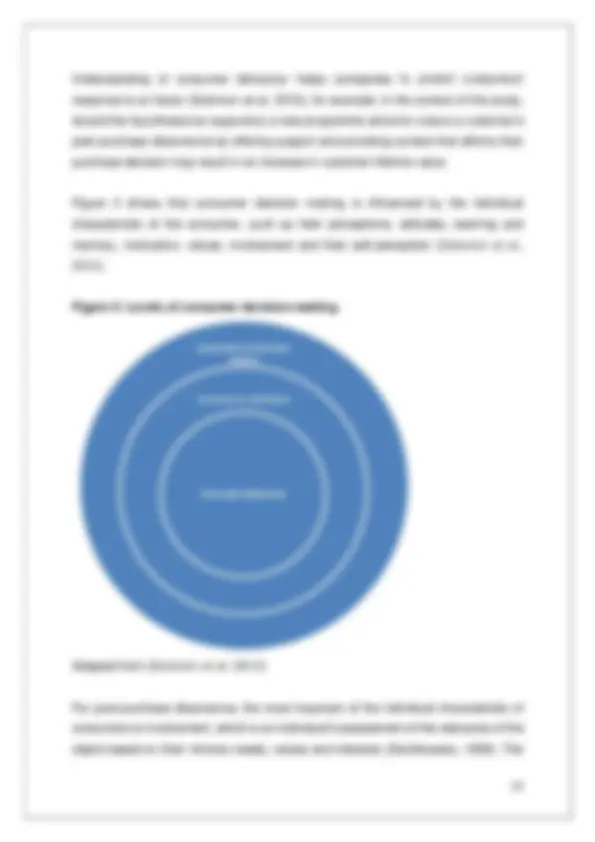
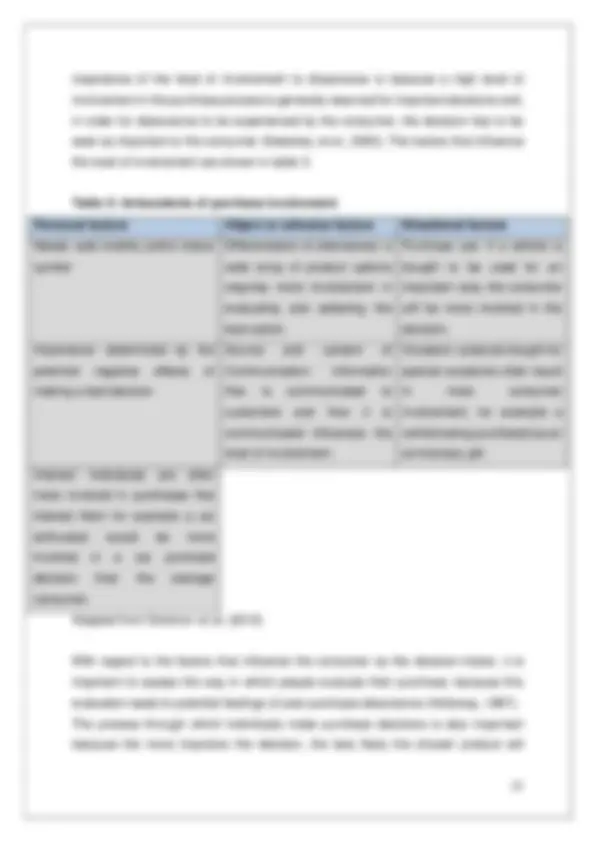
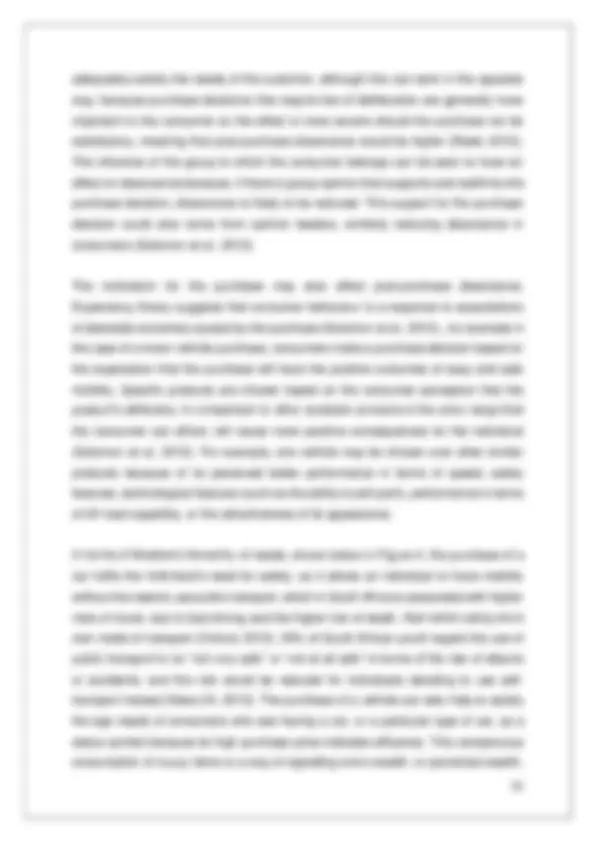
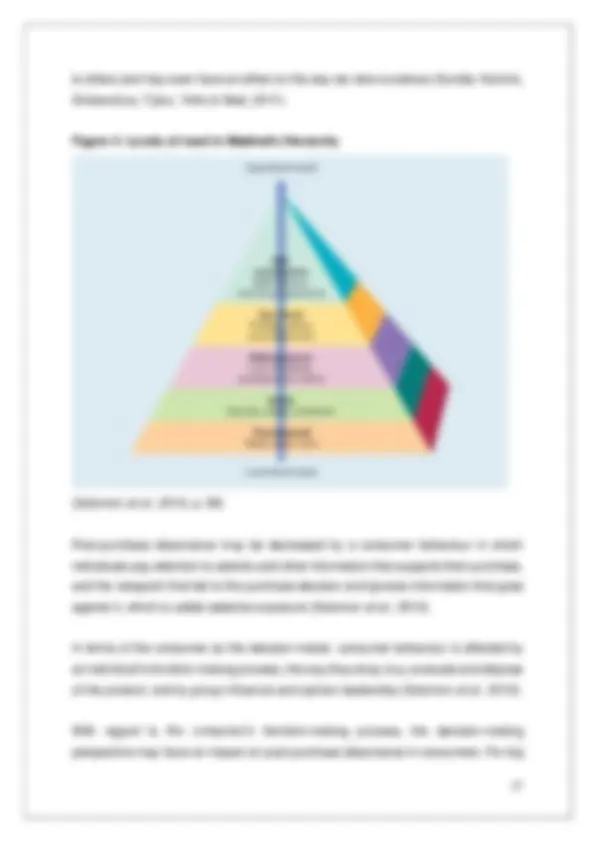
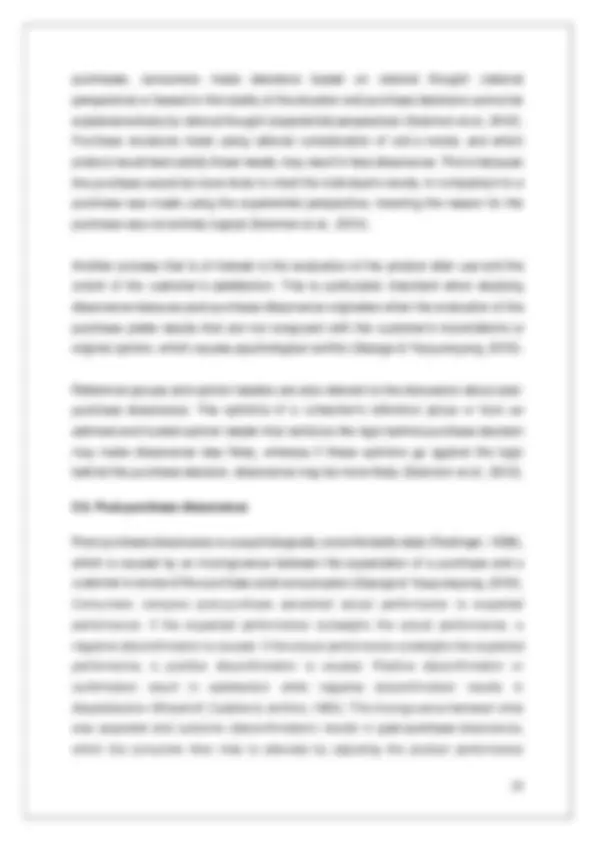
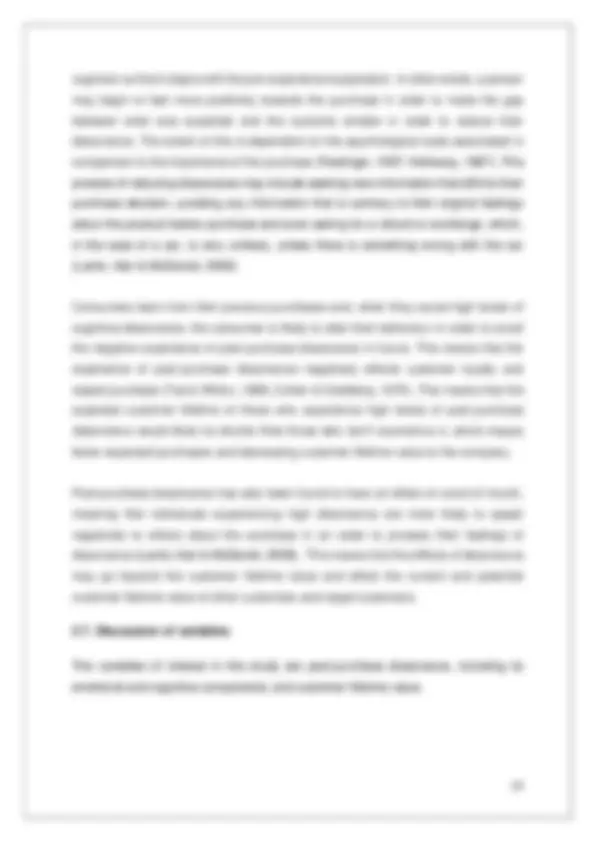
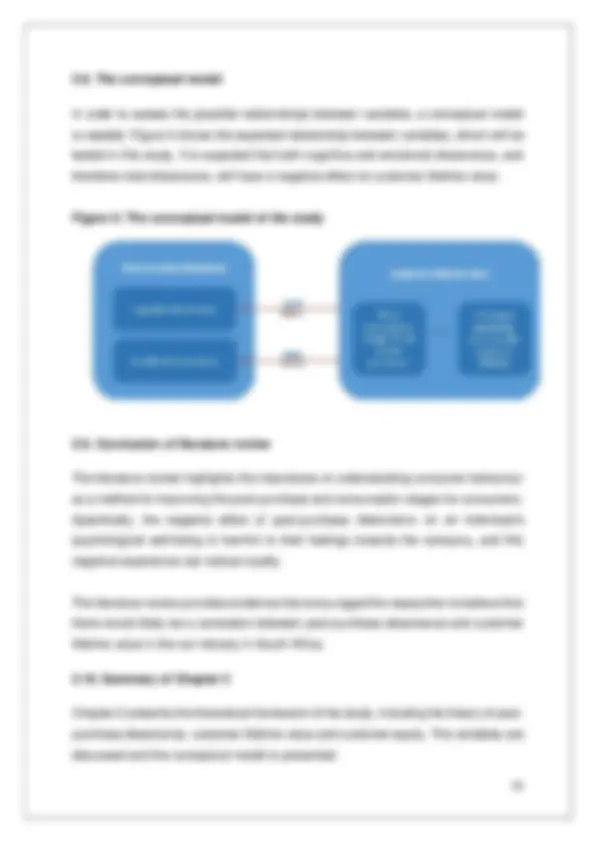
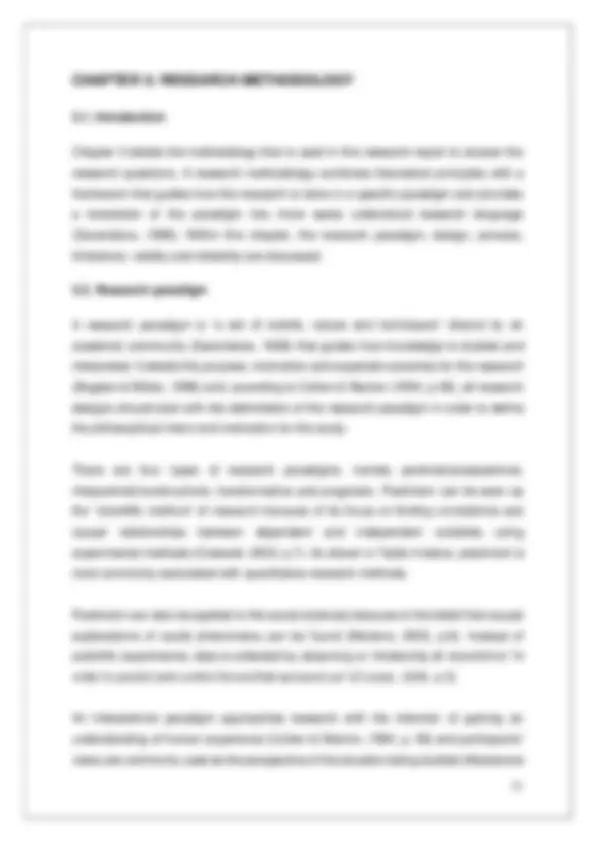
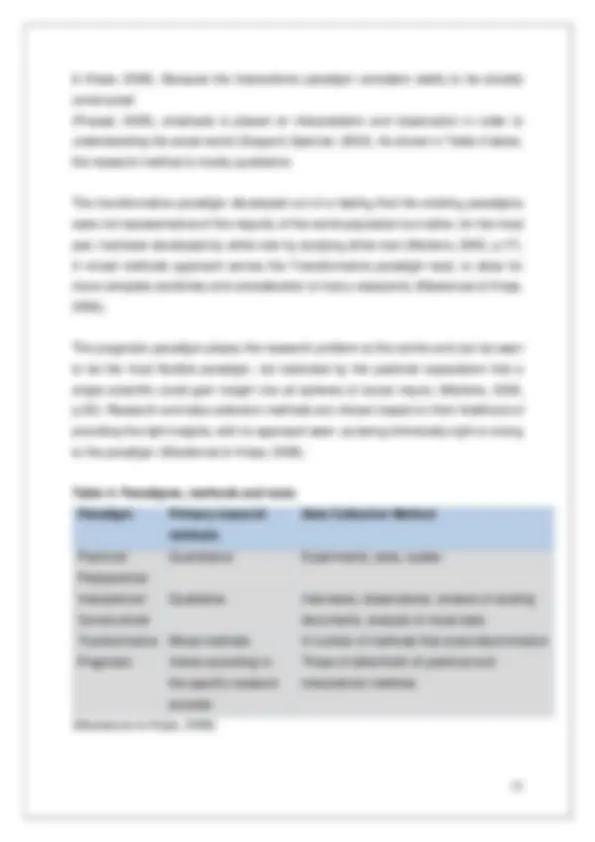
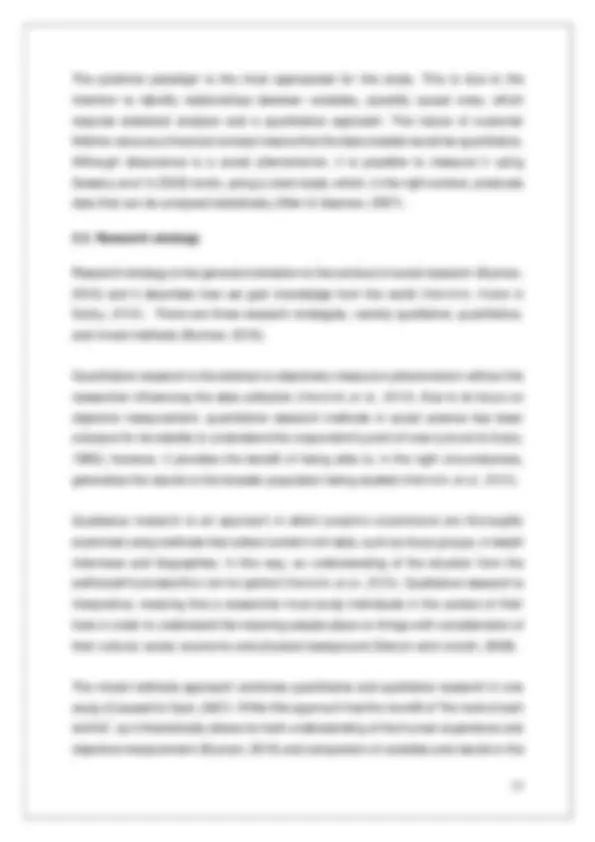
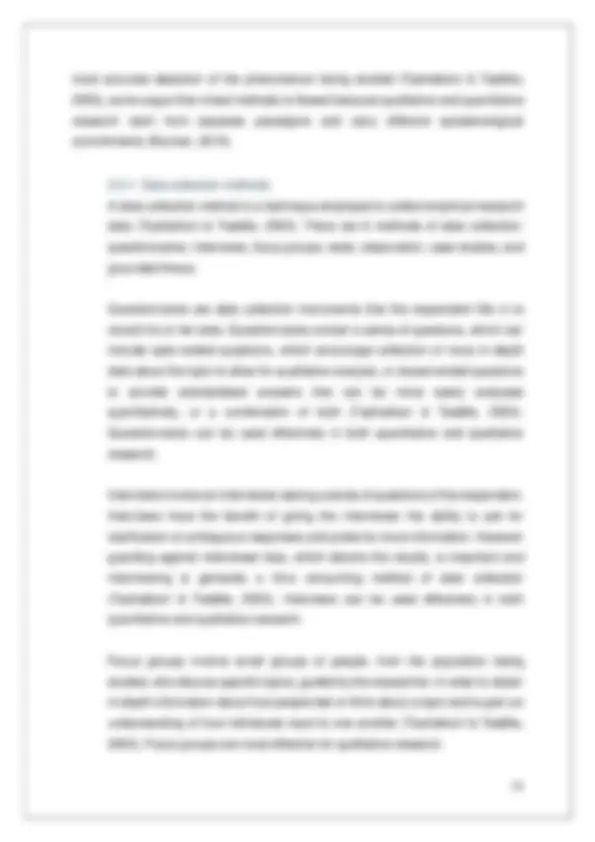
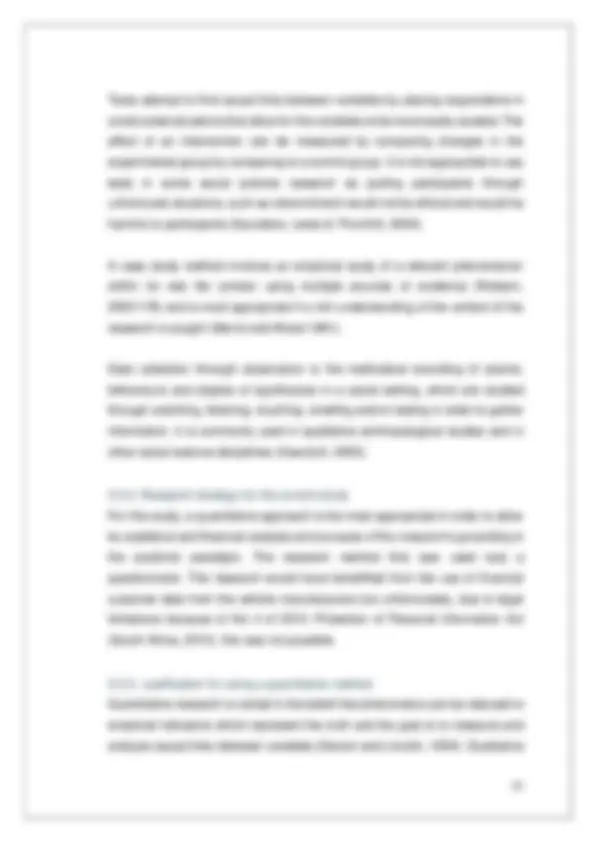
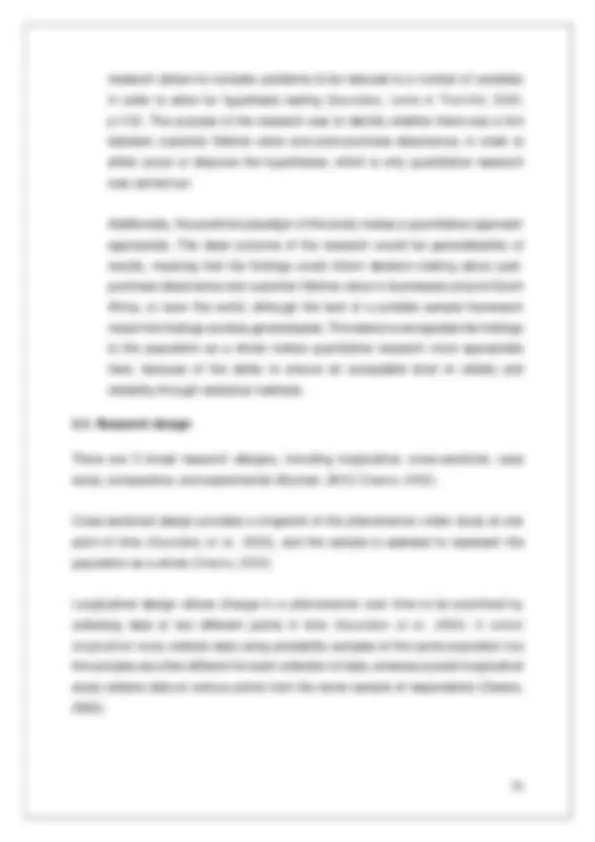
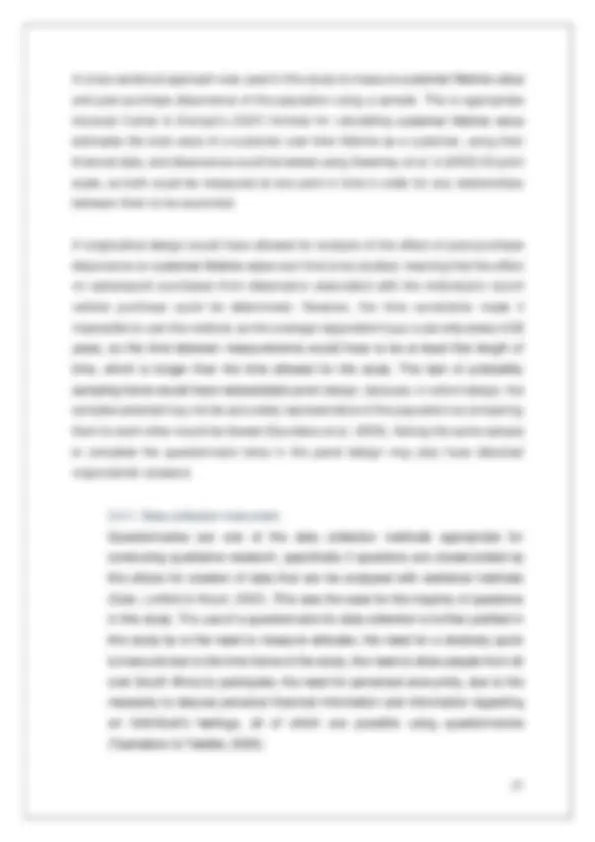
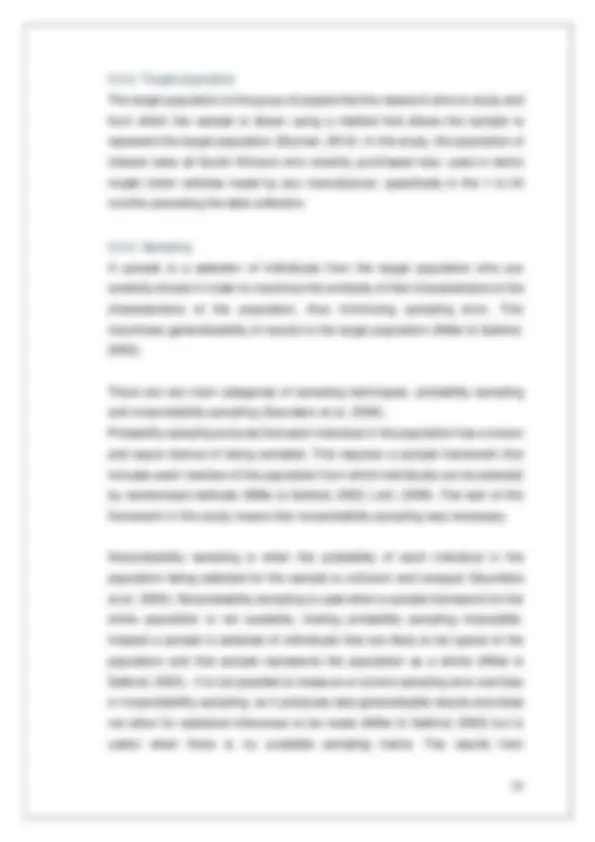
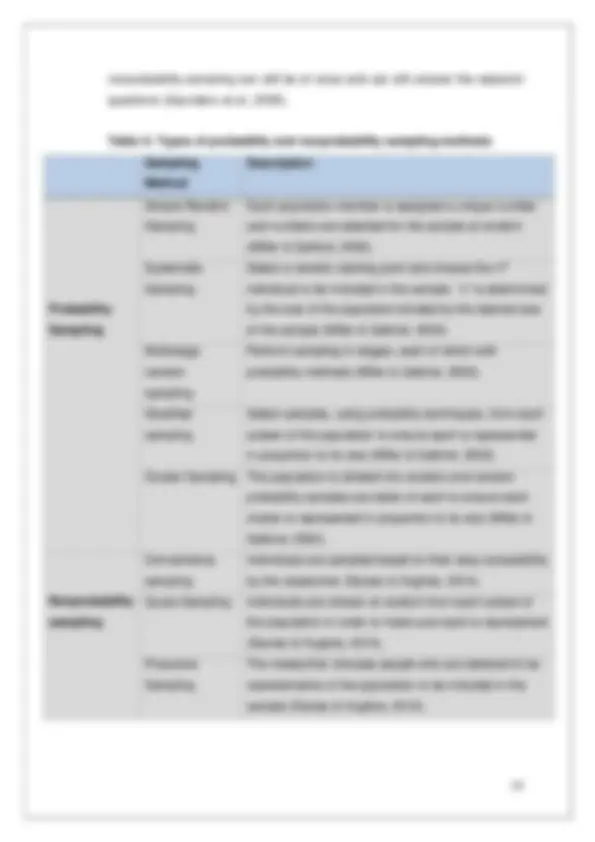
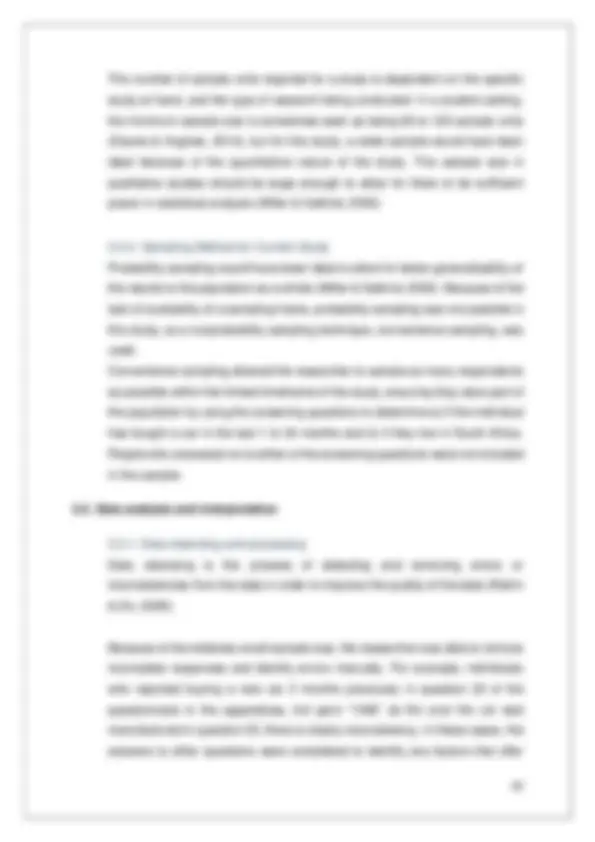
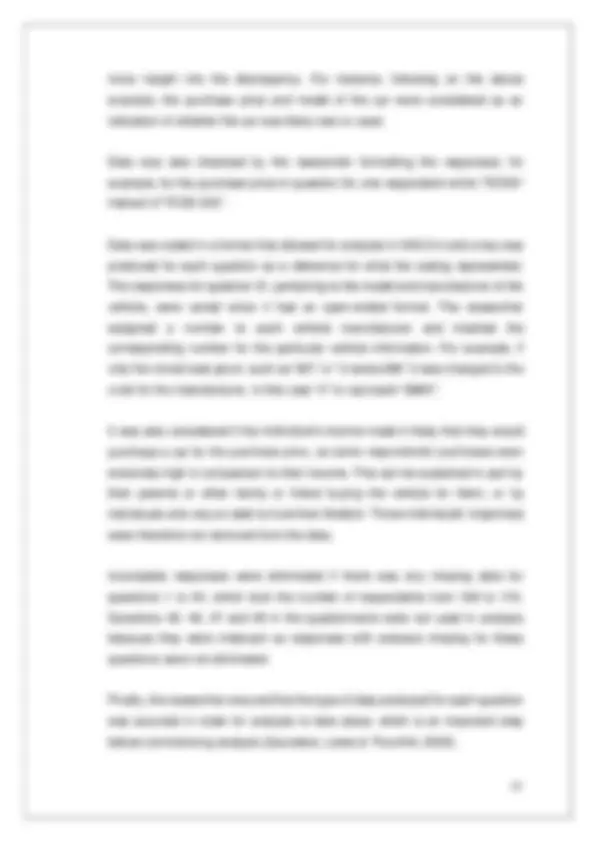
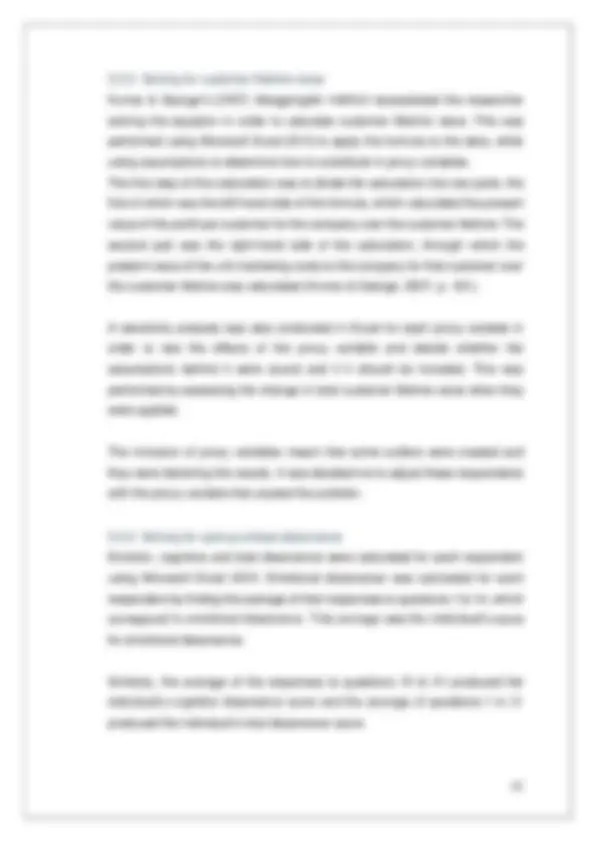
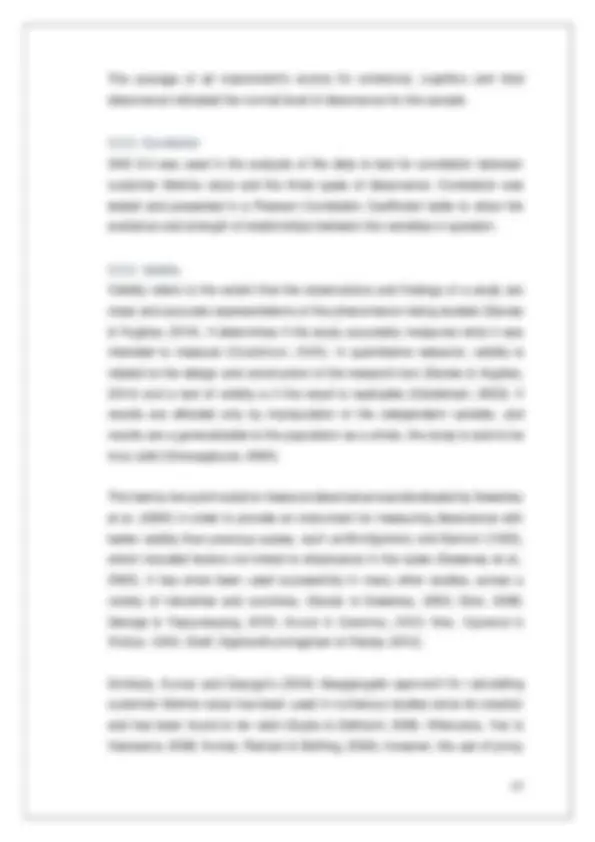

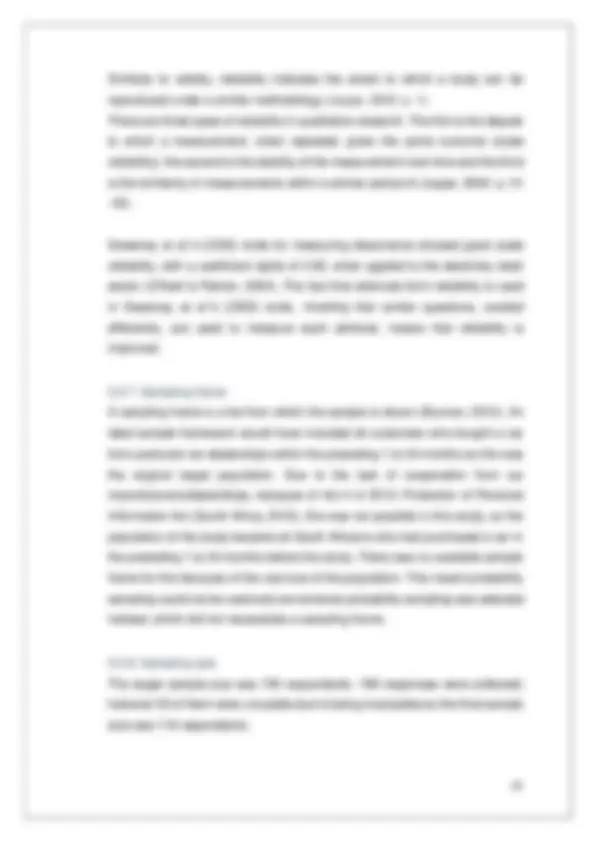
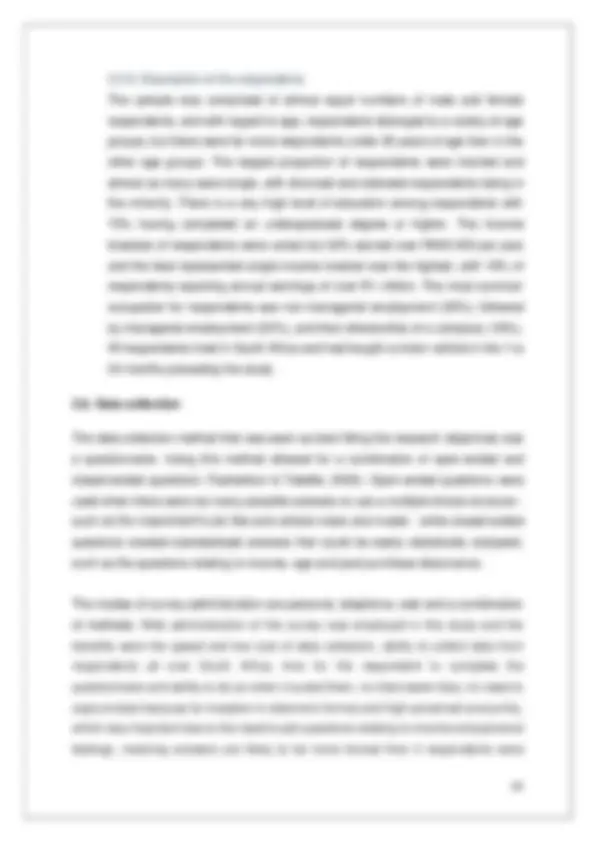
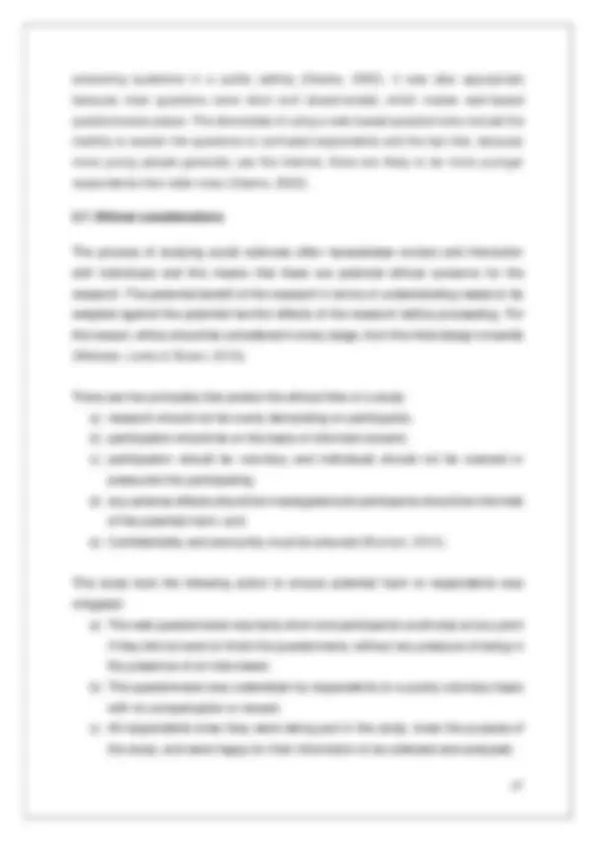
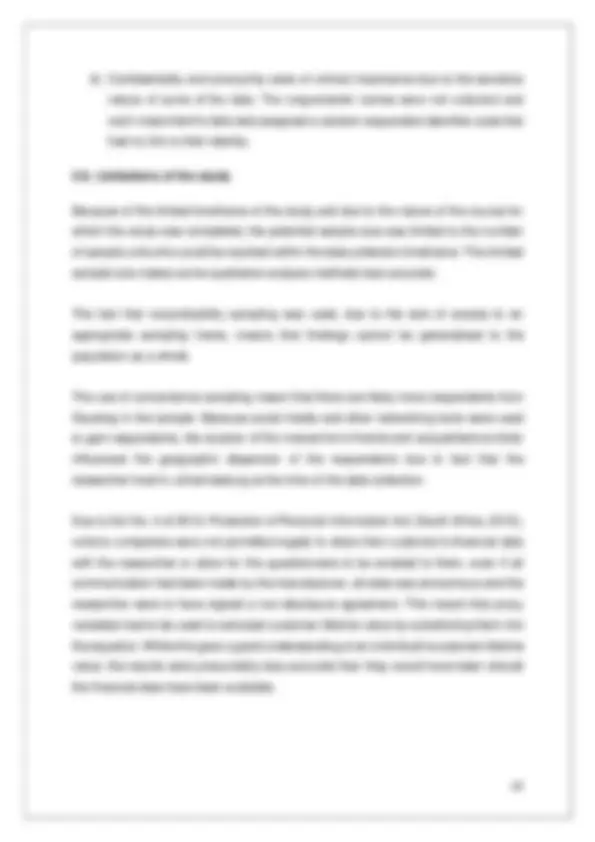

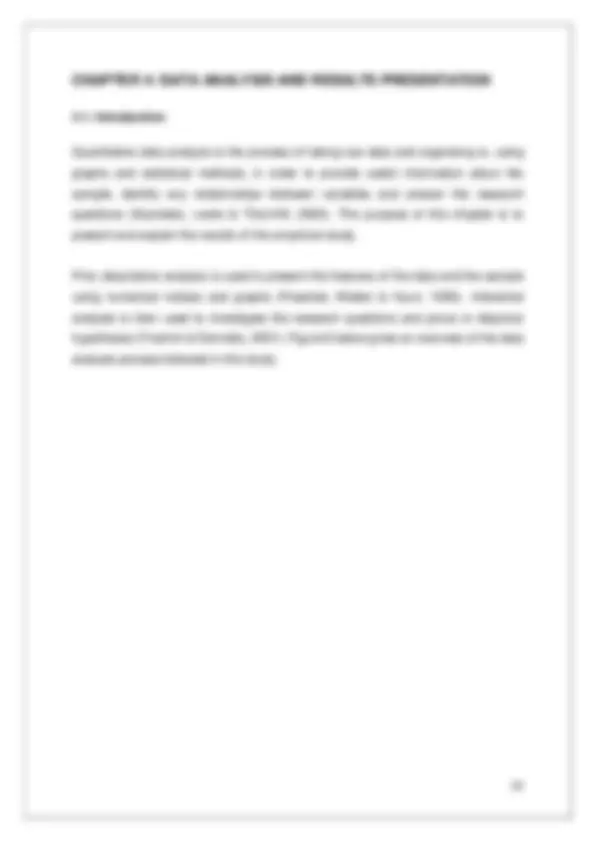
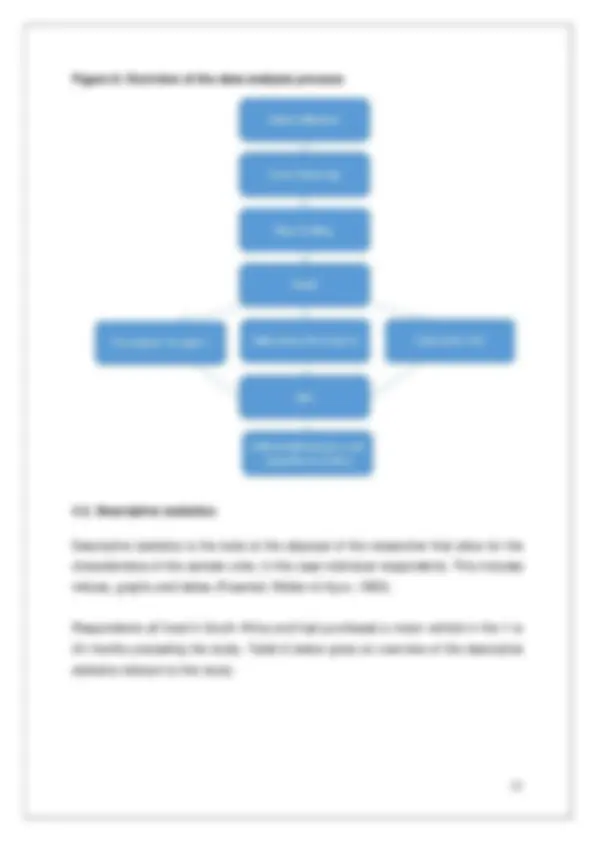
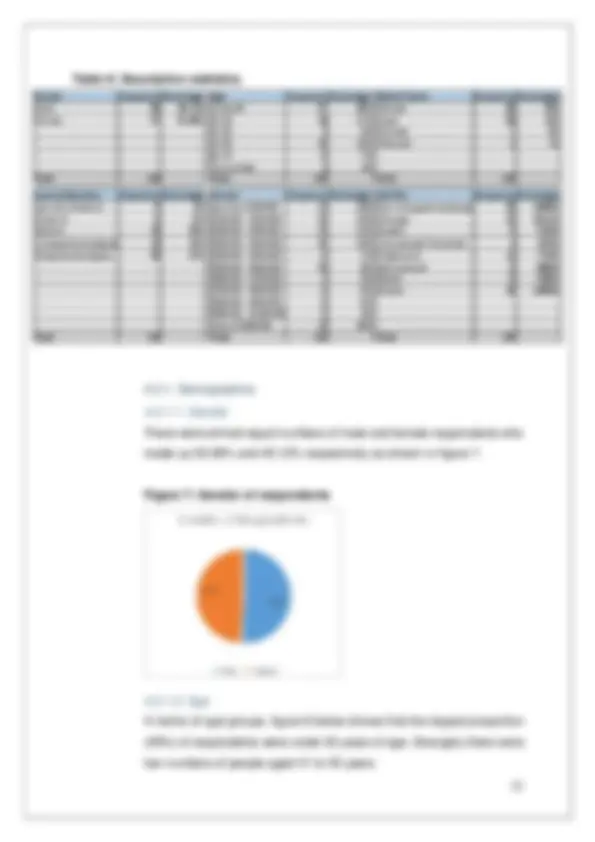
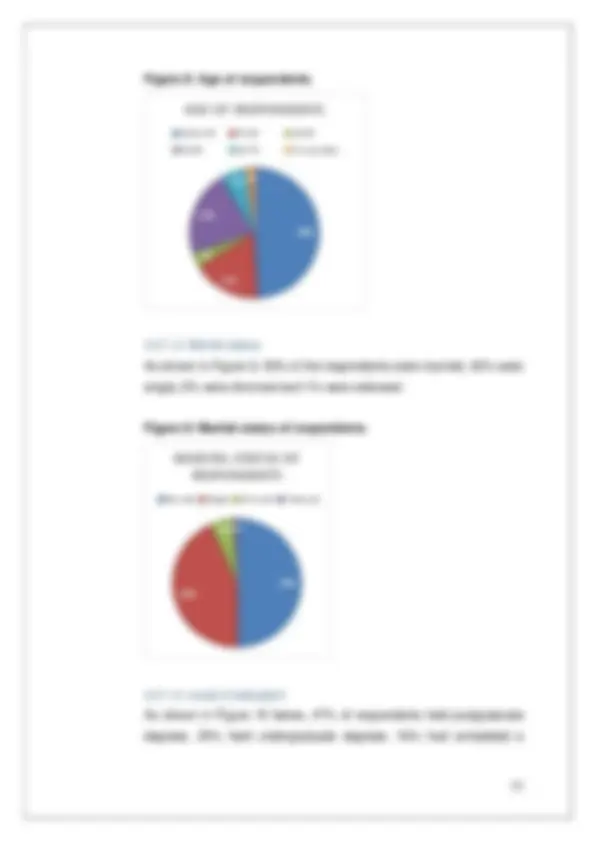
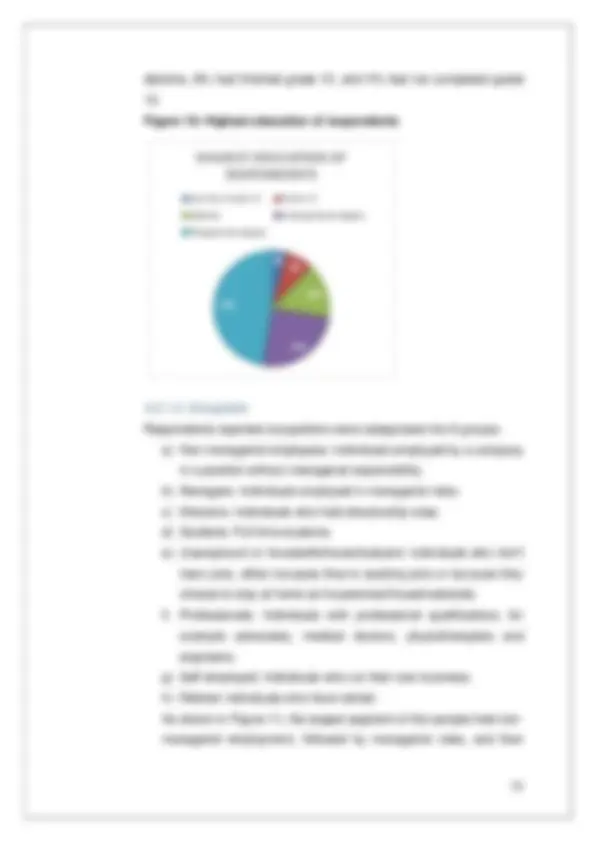
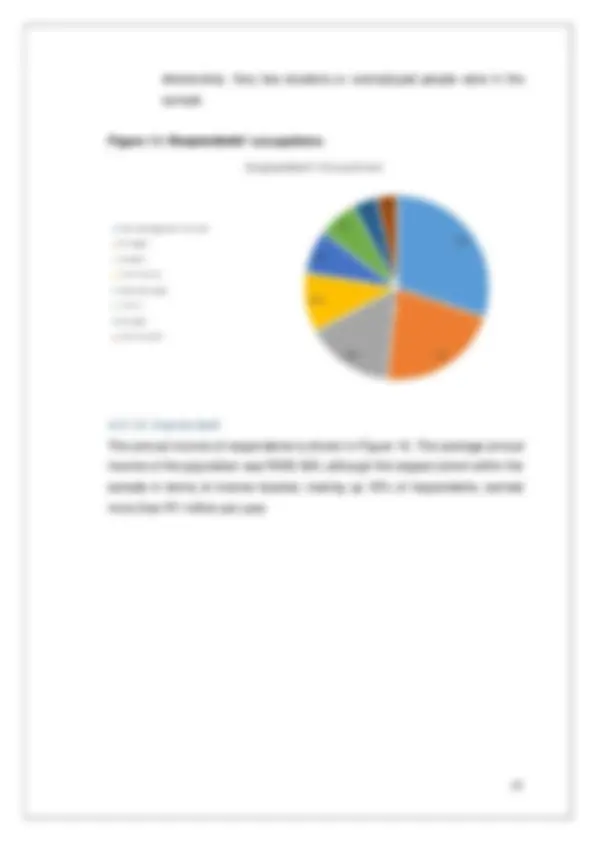
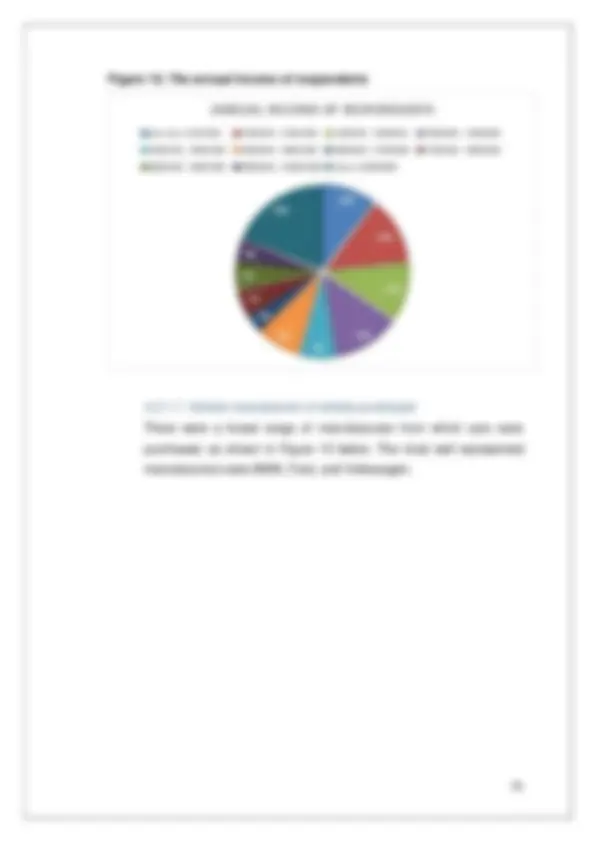
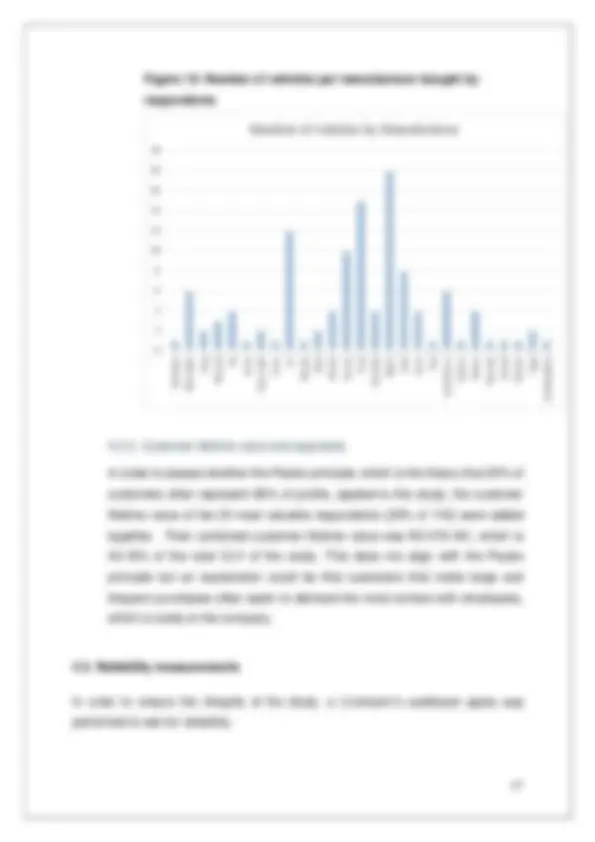



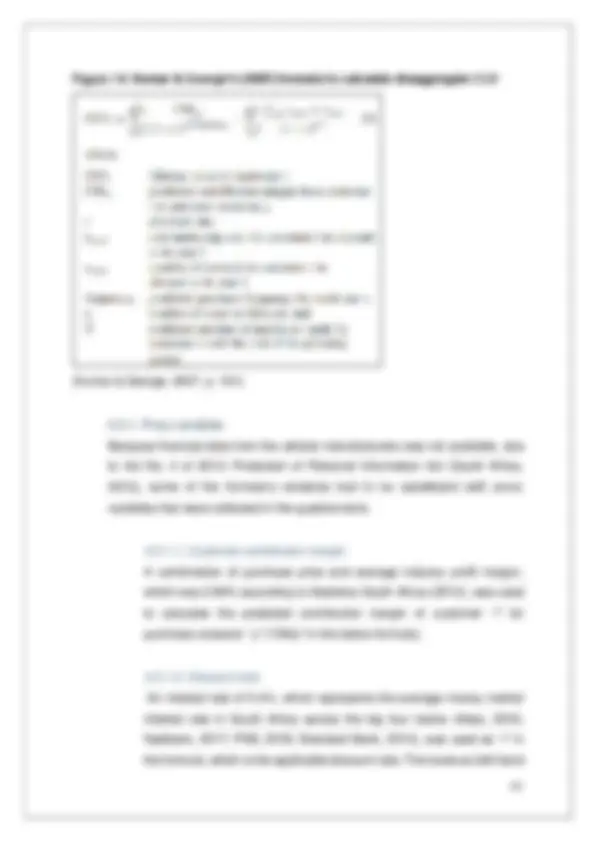
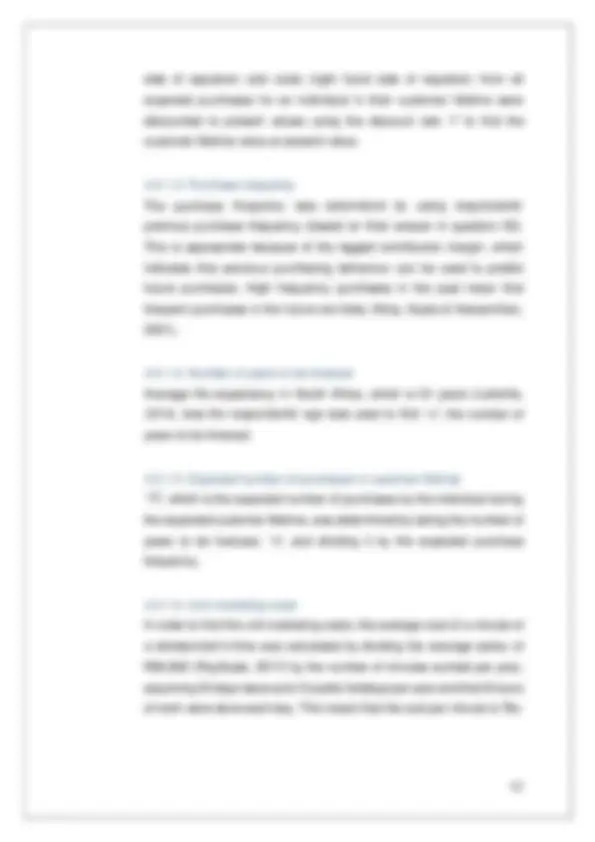
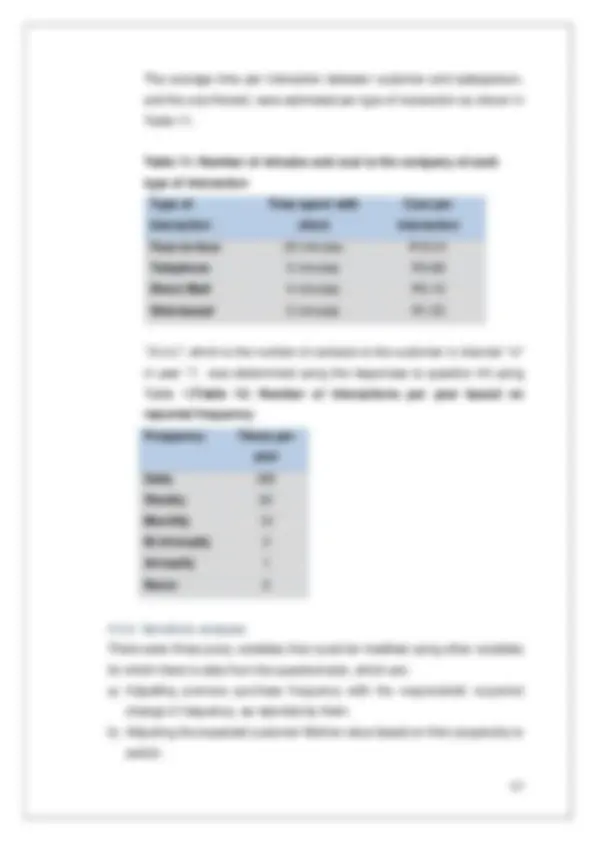
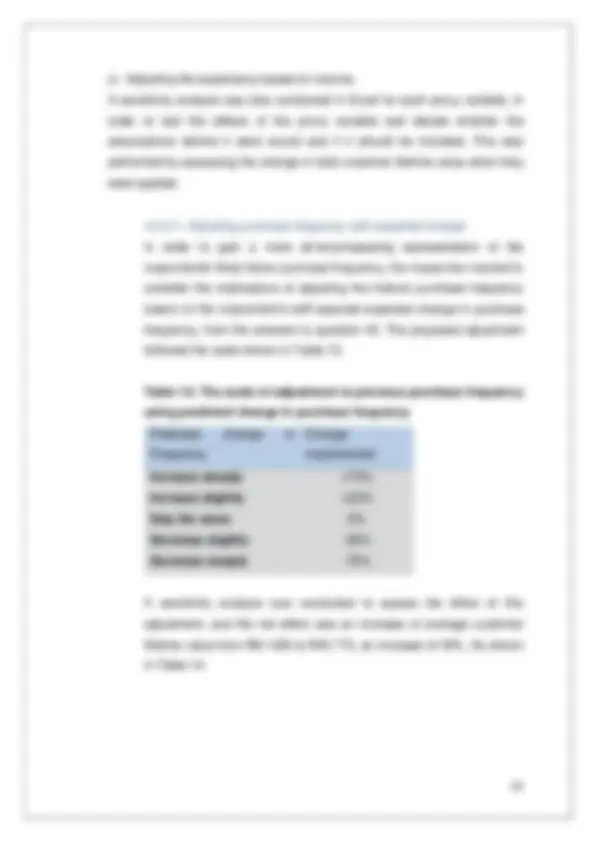
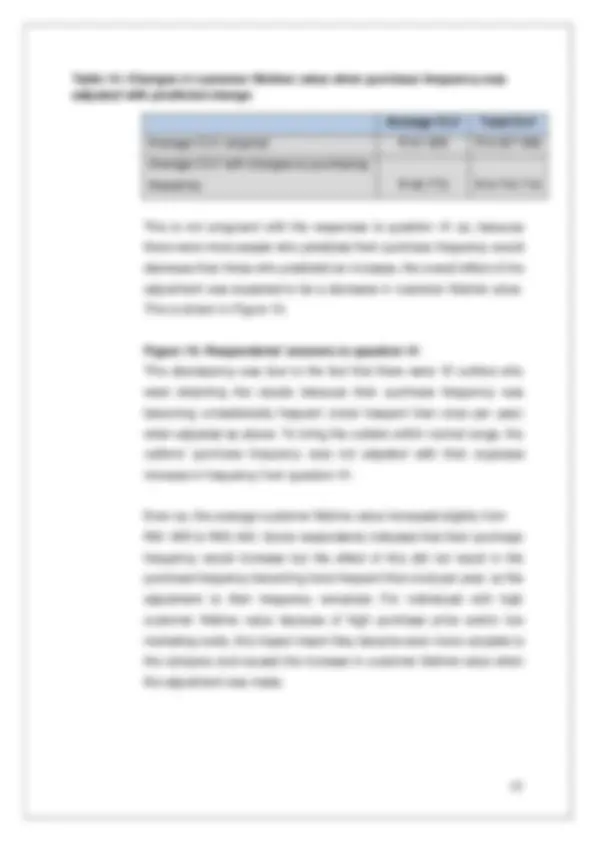

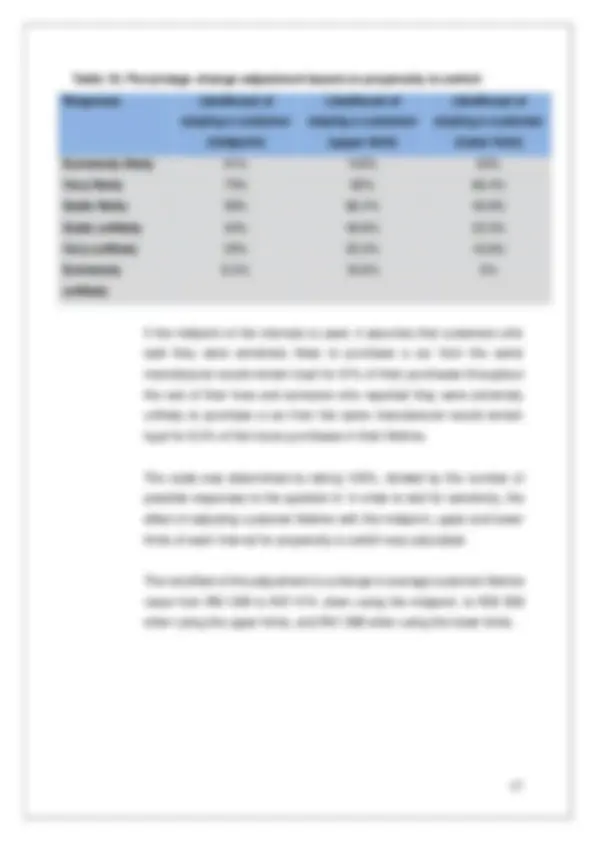
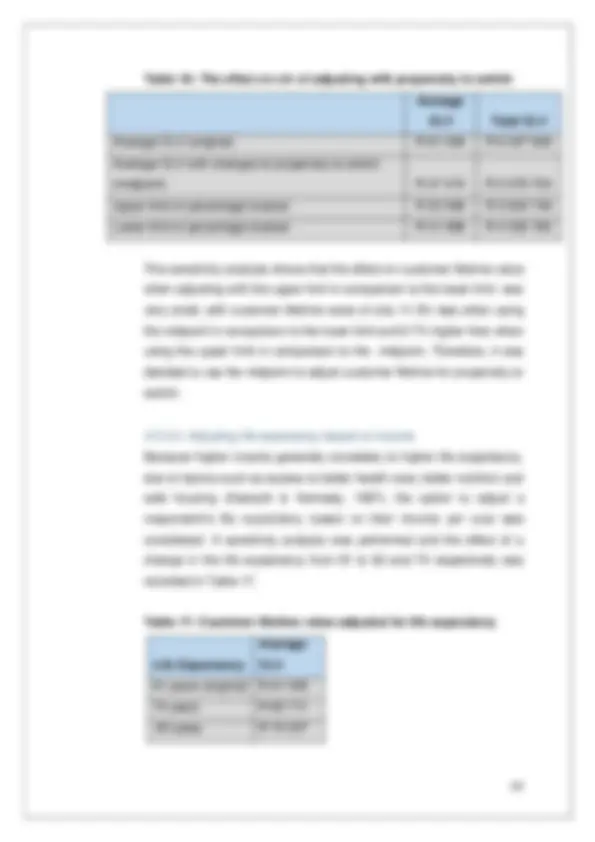
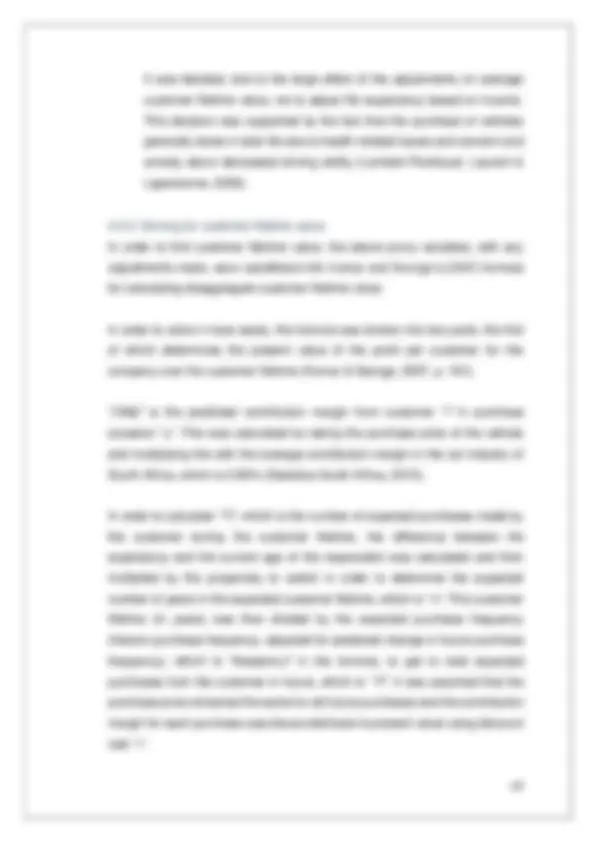

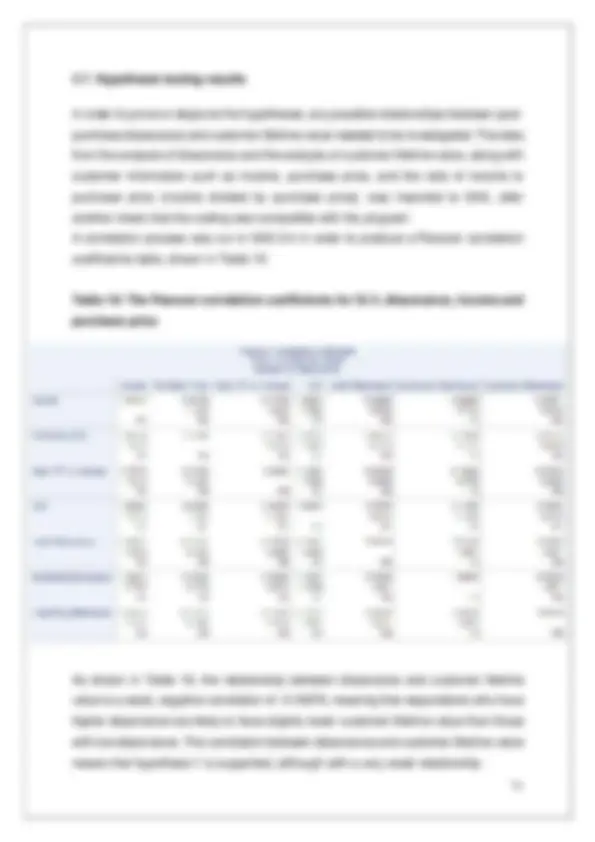
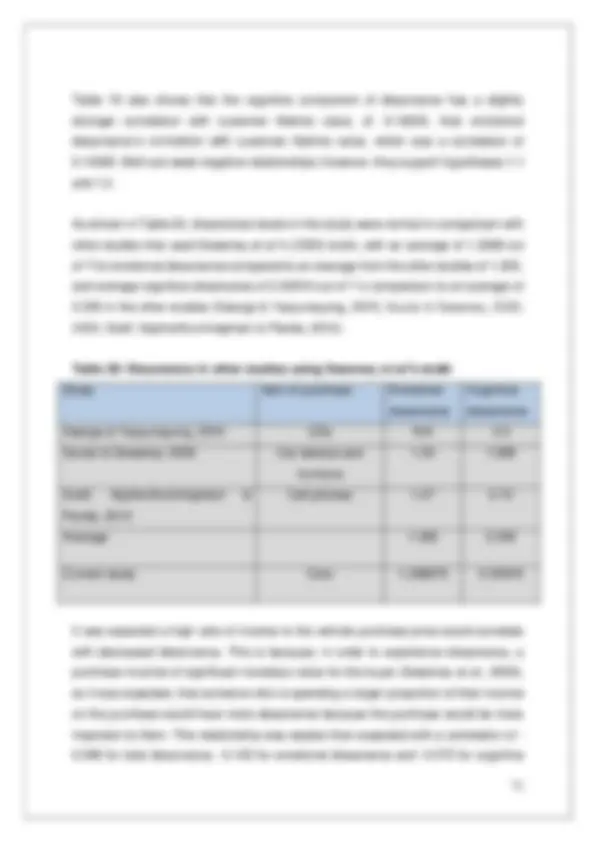
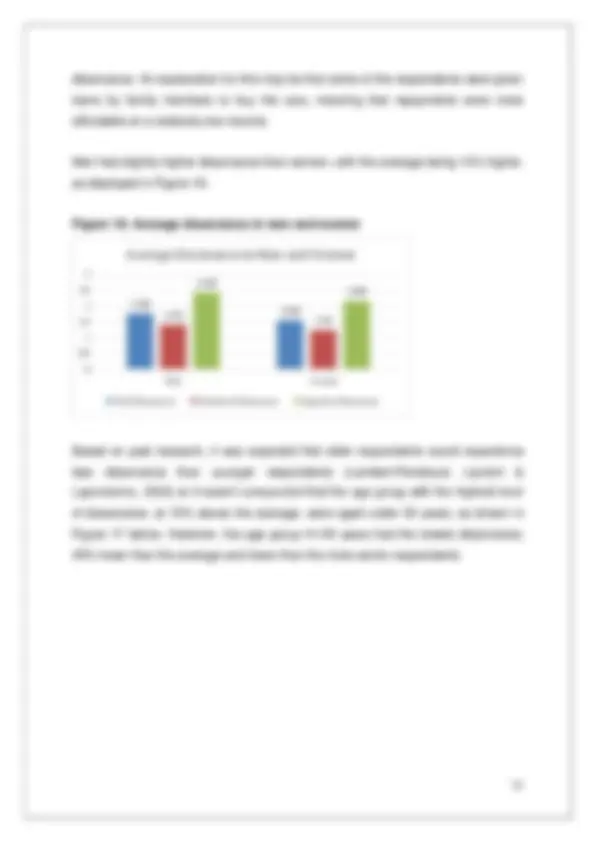
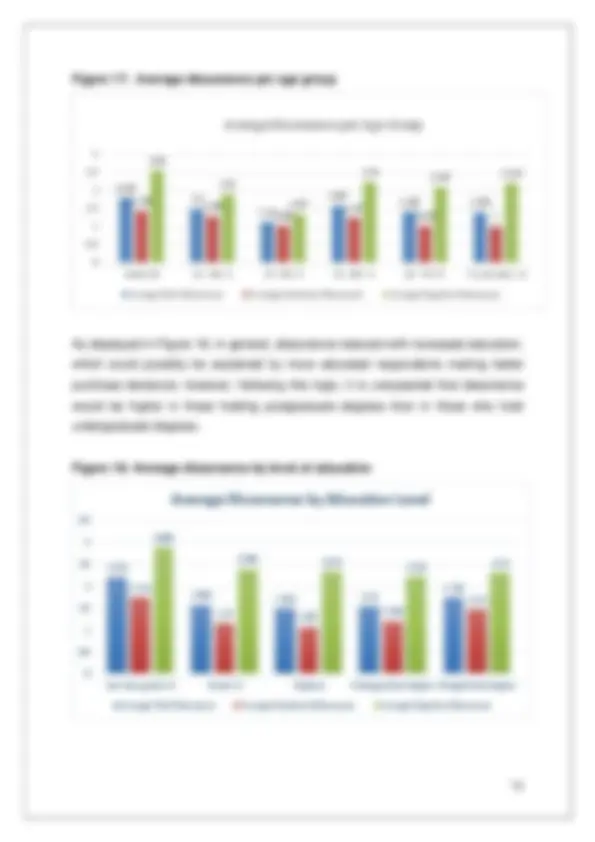
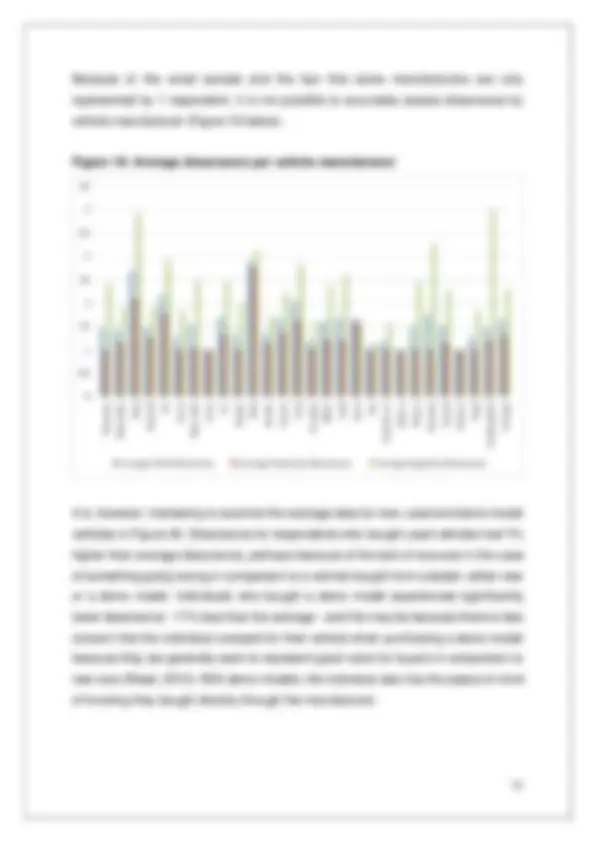
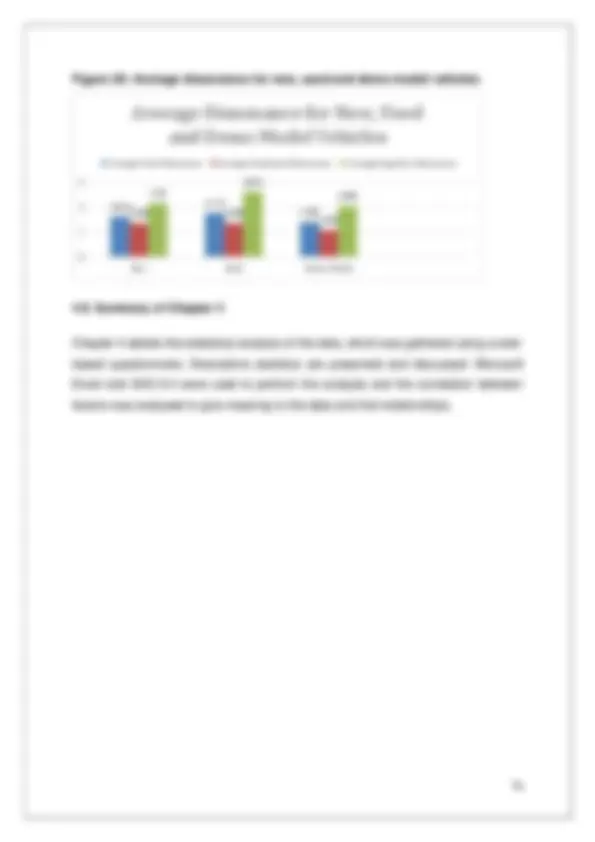
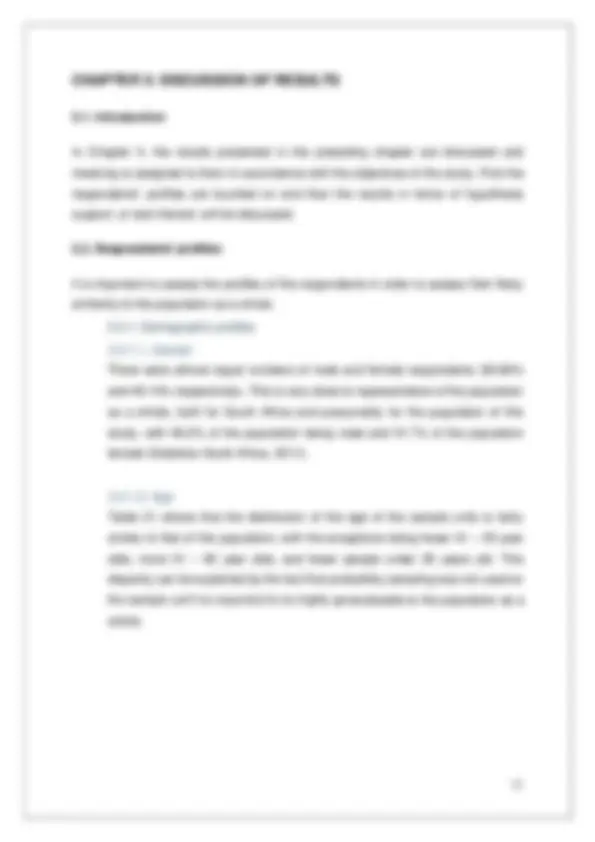
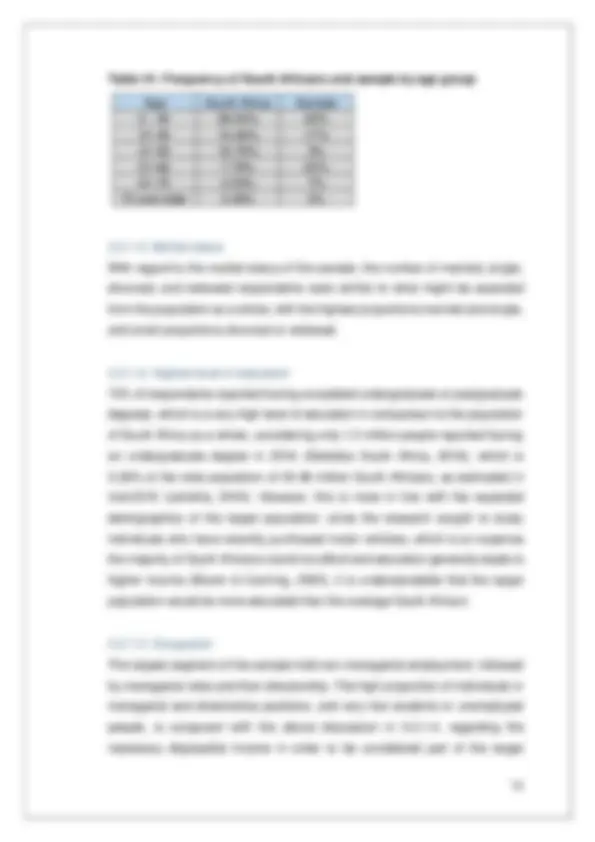
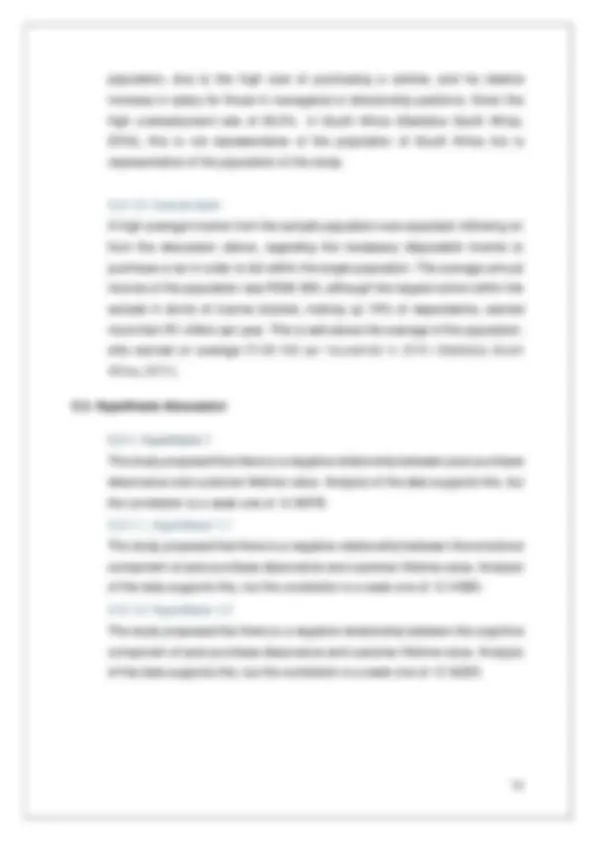

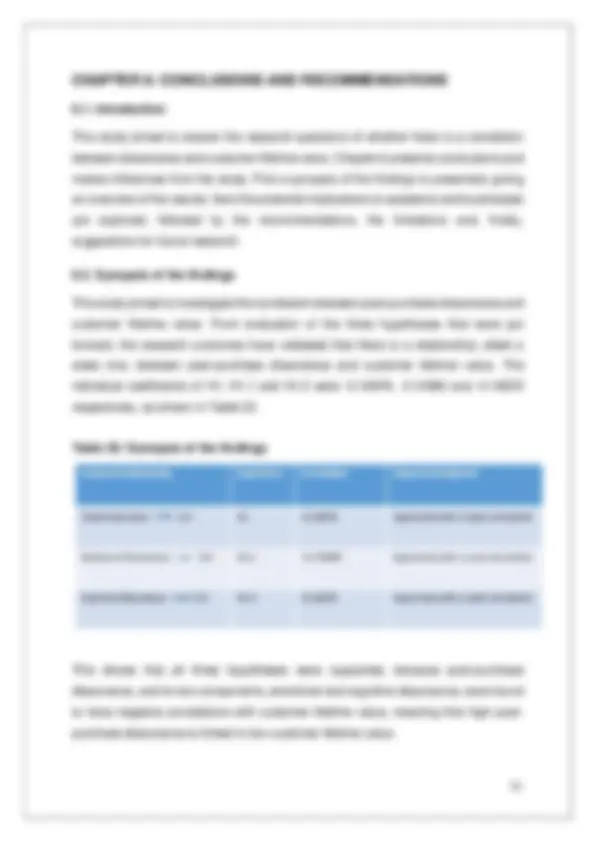
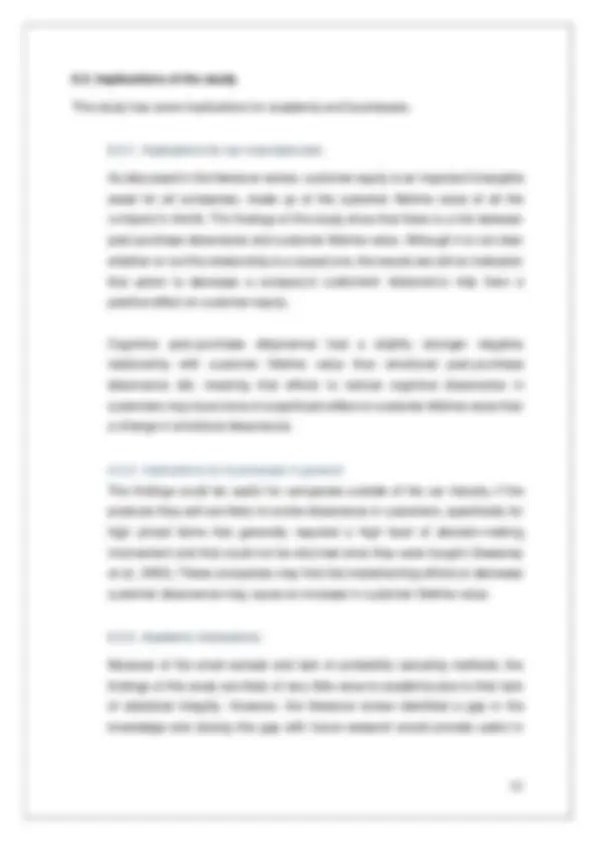
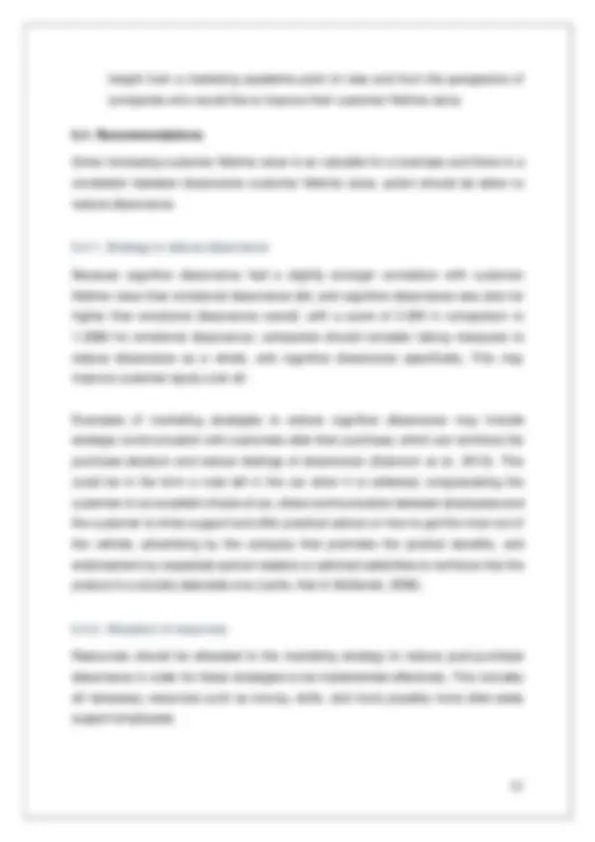
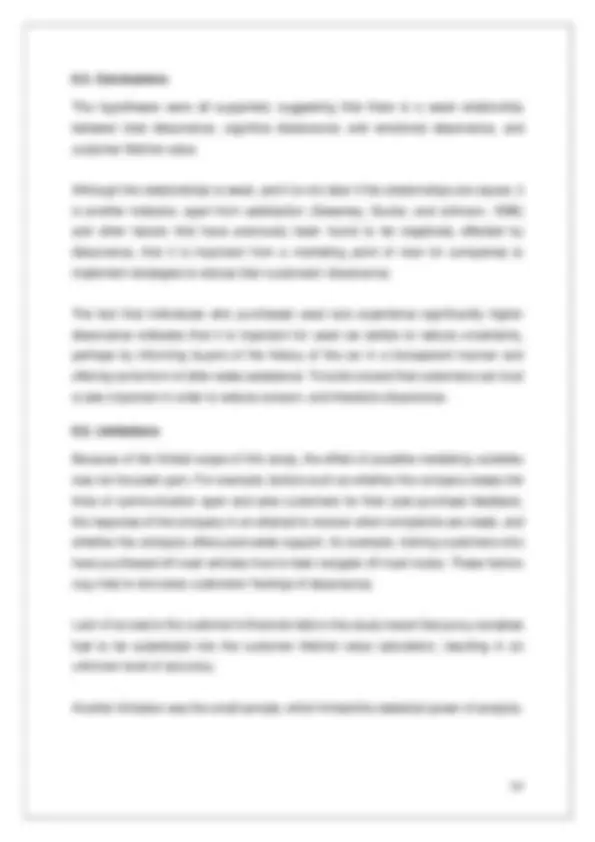
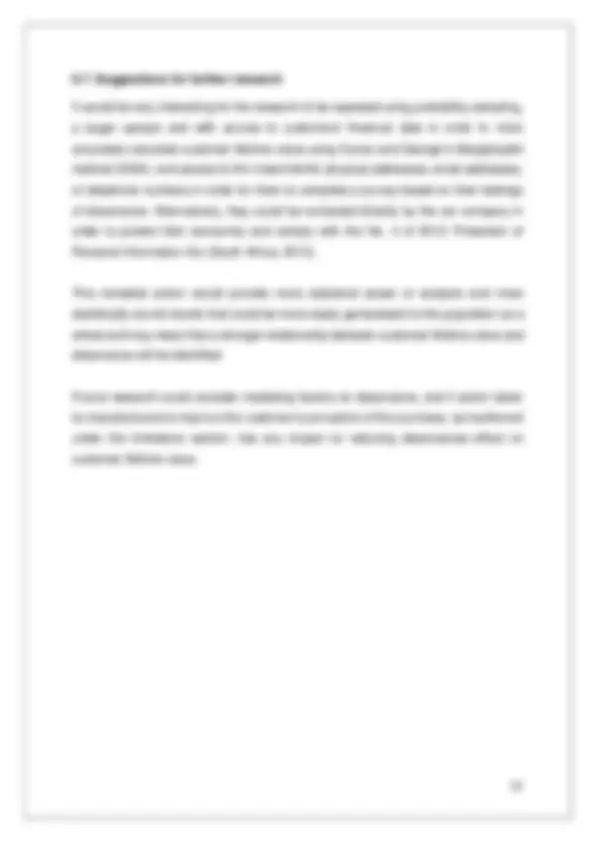
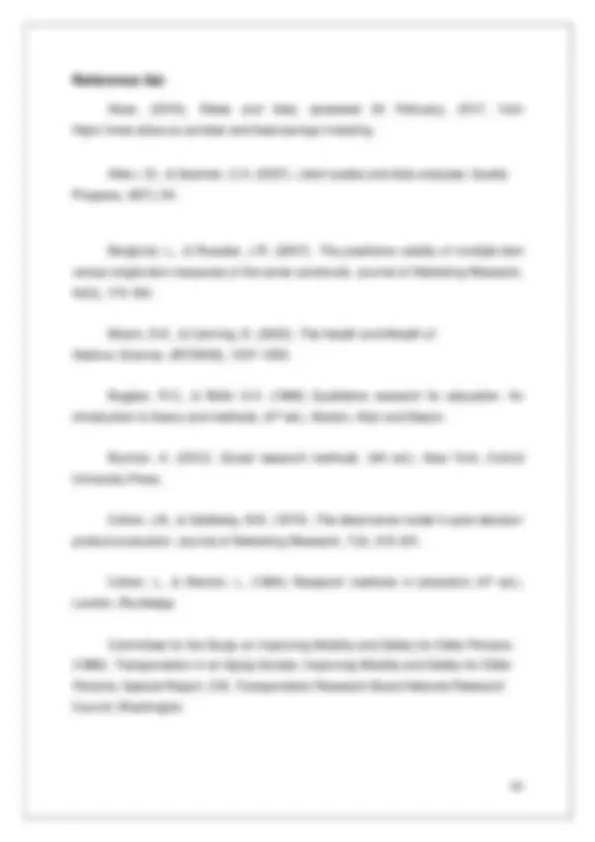
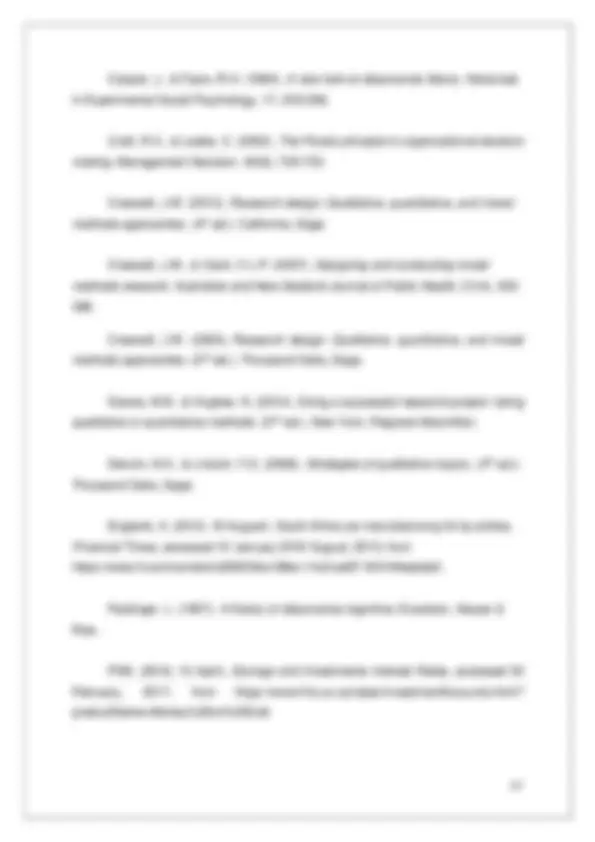
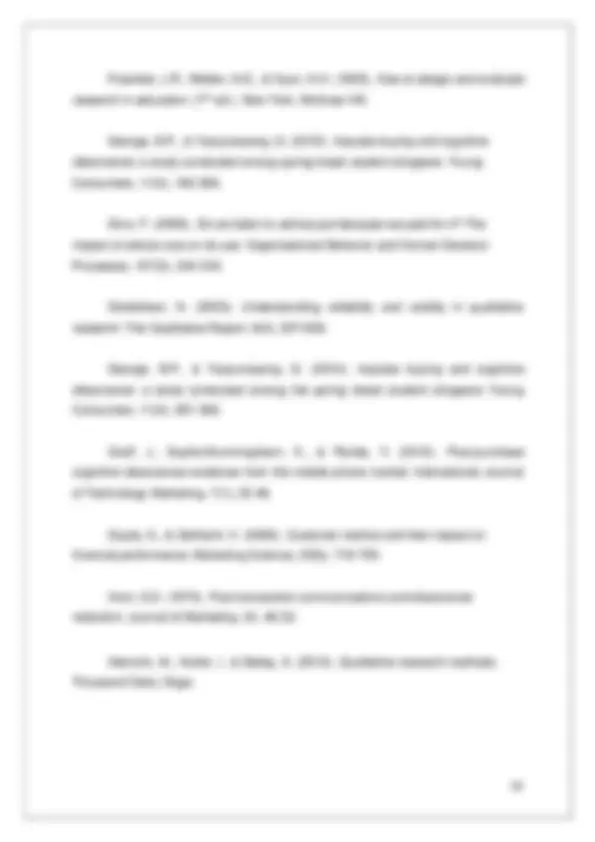
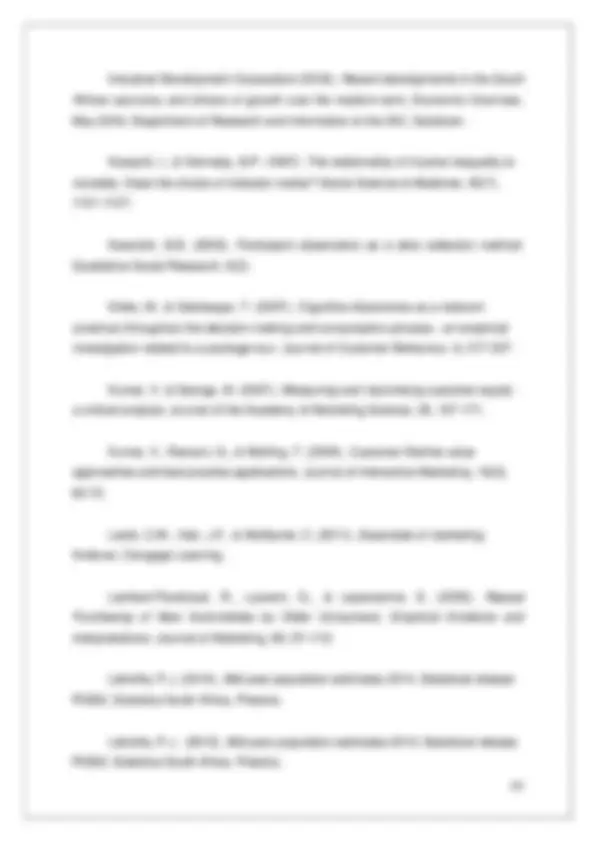
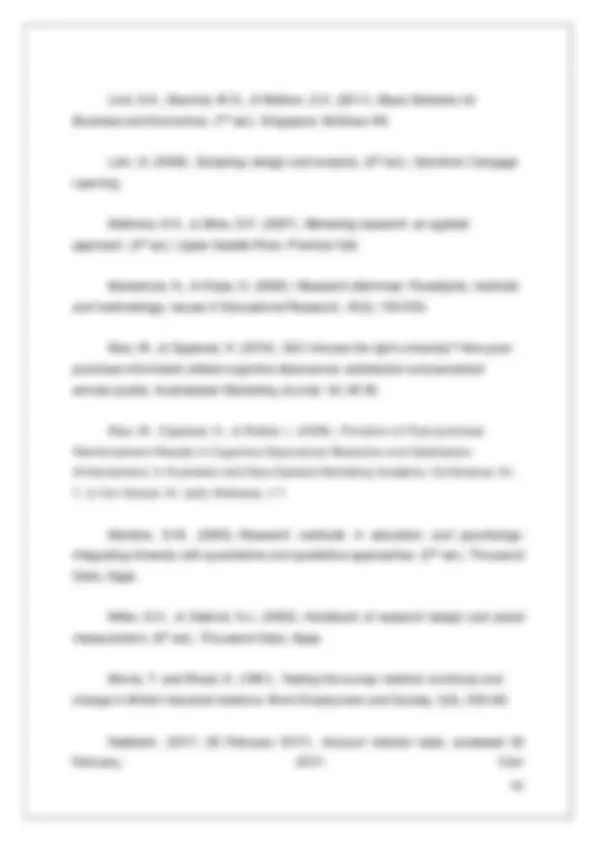
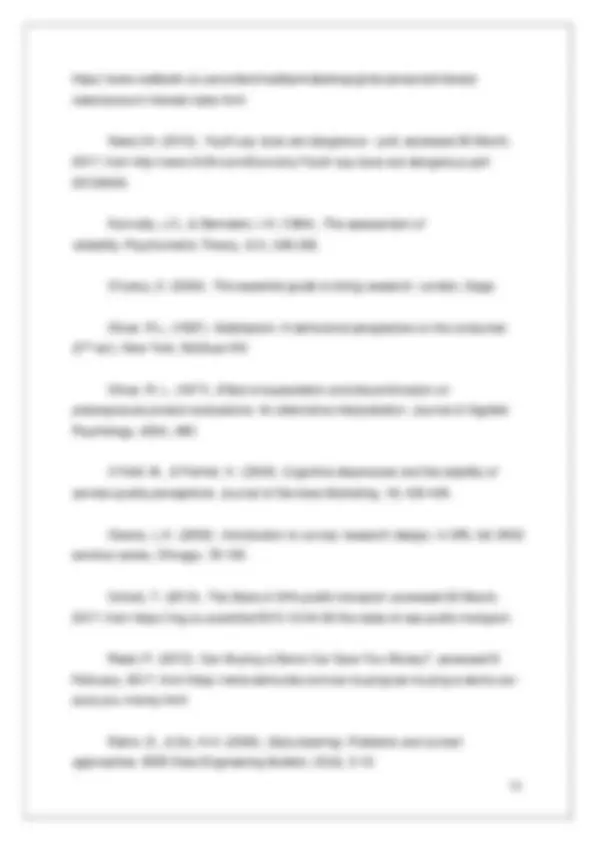
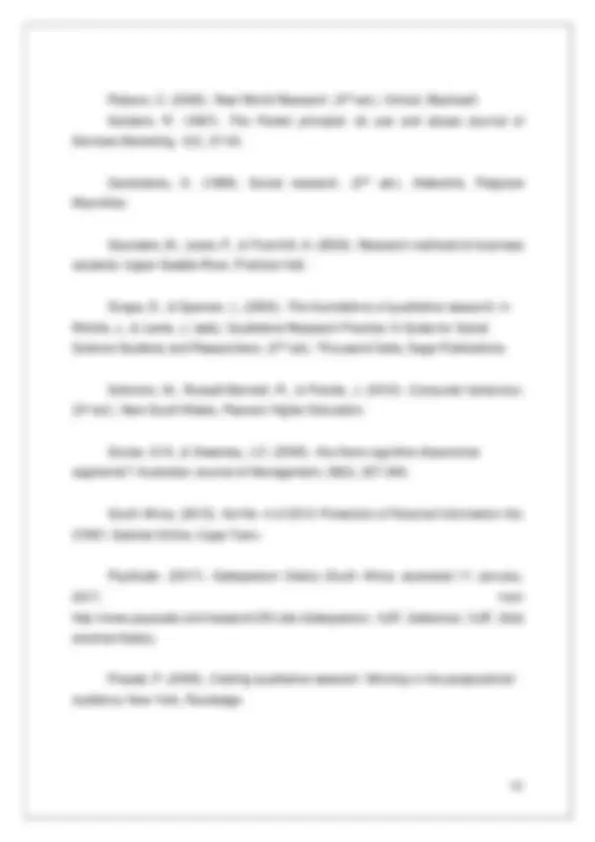

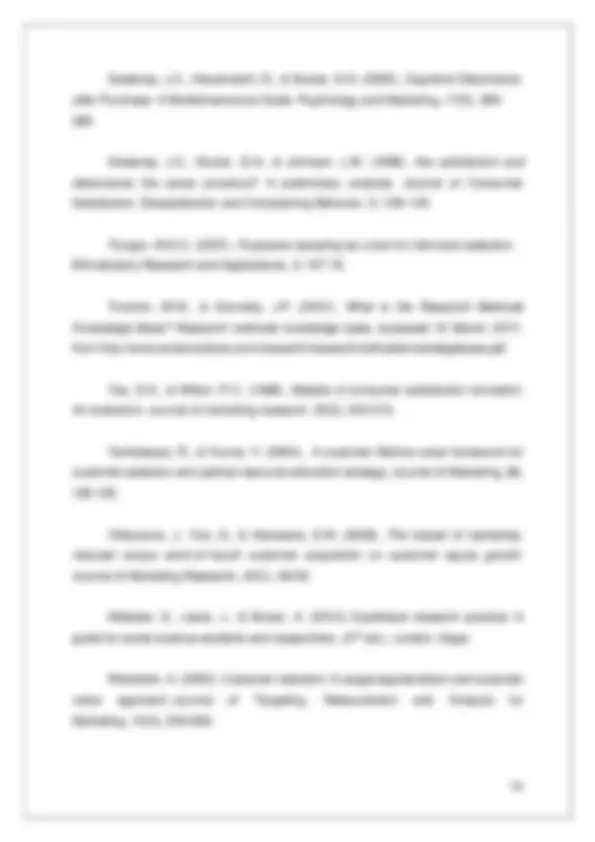

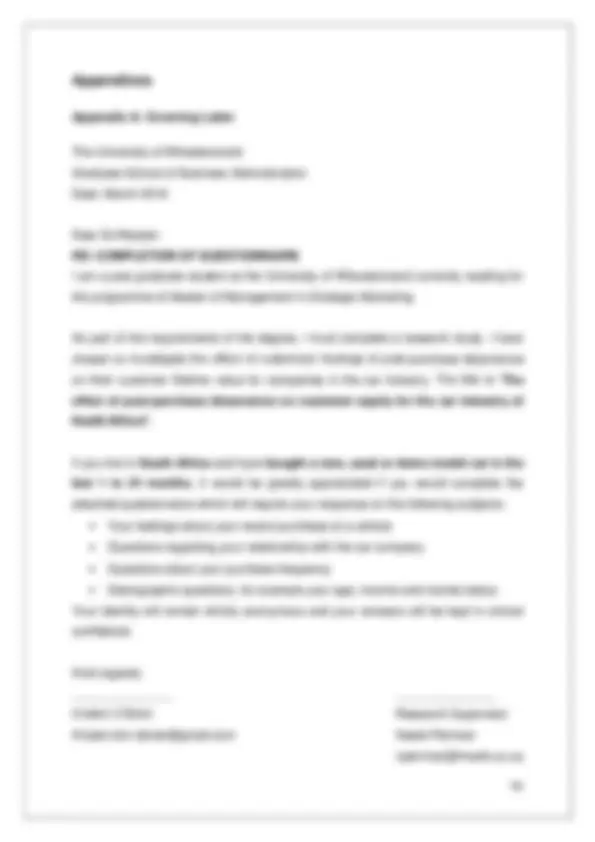
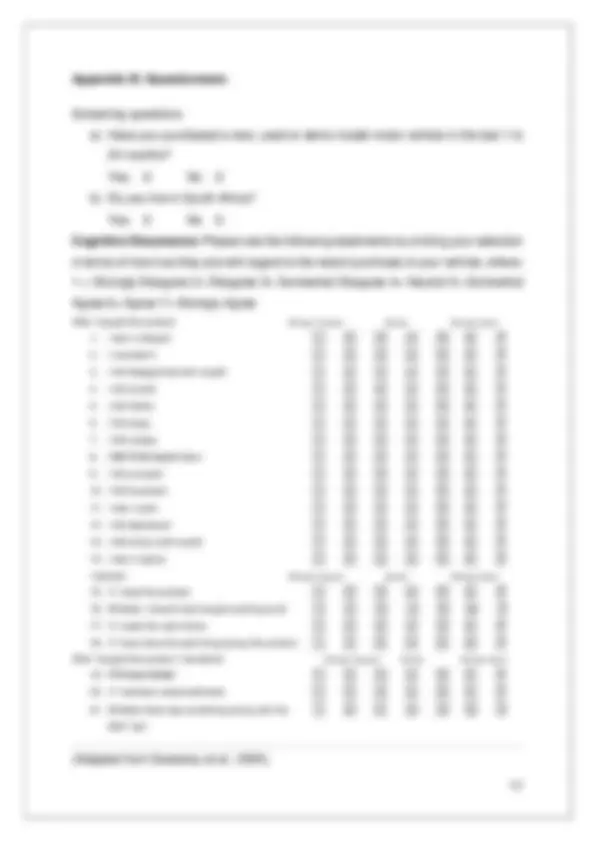
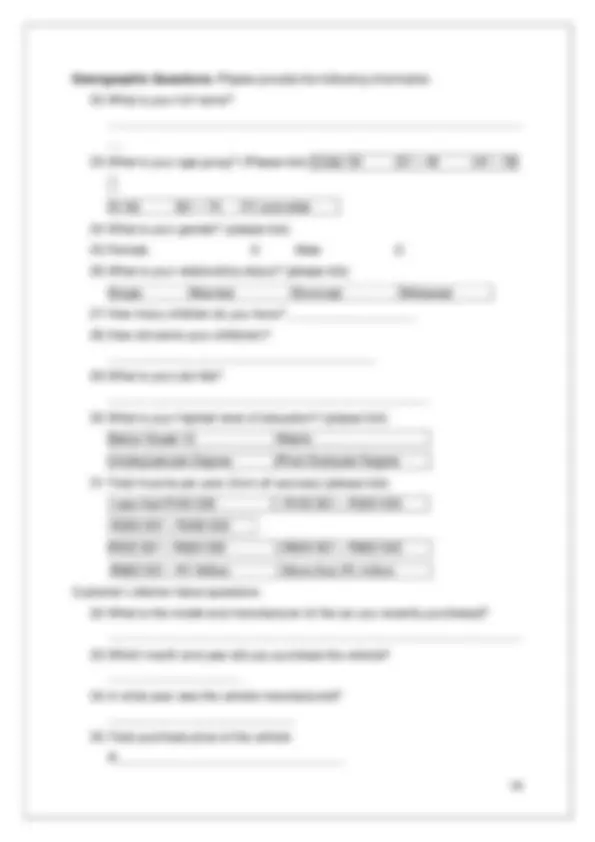
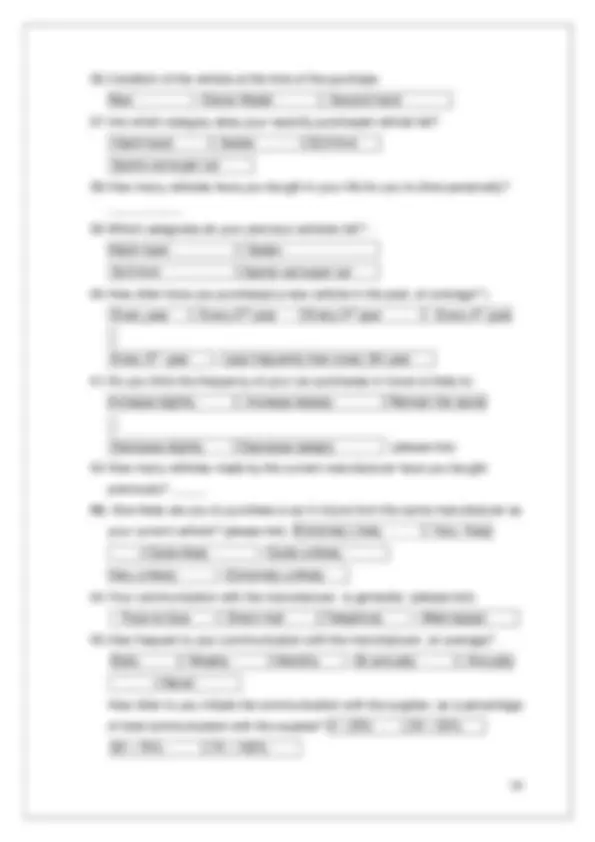



Study with the several resources on Docsity

Earn points by helping other students or get them with a premium plan


Prepare for your exams
Study with the several resources on Docsity

Earn points to download
Earn points by helping other students or get them with a premium plan
Community
Ask the community for help and clear up your study doubts
Discover the best universities in your country according to Docsity users
Free resources
Download our free guides on studying techniques, anxiety management strategies, and thesis advice from Docsity tutors
The relationship between post-purchase dissonance and customer lifetime value, a topic that has not been extensively studied in the literature. The study finds that dissonance caused by a product not meeting customer expectations leads to decreased loyalty. tables and figures, and discusses methods for calculating customer lifetime value and the importance of reducing dissonance for businesses.
Typology: Study notes
1 / 100

This page cannot be seen from the preview
Don't miss anything!





























































































A research report submitted to the Faculty of Commerce, Law and Management, University of the Witwatersrand, in partial fulfilment of the requirements for the degree of Master of Management in the field of Strategic Marketing Johannesburg, 2016
Student Number: 305134
31 March 2017
Customer lifetime value (CLV) is important for all businesses. Increased customer lifetime value means increased profit, so it is in a company’s interest to increase customer lifetime value as much as possible through any appropriate methods. The relationship between post-purchase dissonance and customer lifetime value has not been explored in the studied literature but it has been found that, when dissonance is cause by a consumer’s experience of a product not living up to their expectations, loyalty decreases. This led the researcher to hypothesise a correlation between dissonance and customer lifetime value, which this study aimed to investigate. The research was conducted in the South African car industry and aimed to add the existing knowledge and, practically, to inform businesses whether taking action to decrease dissonance would have a significant positive effect on customer lifetime value, thereby better informing marketing strategies and budgets to have the most beneficial outcome. Using the data set of 116 respondents from around South Africa from a variety of age groups, the data collected was analysed to assess the potential relationships.
I would like to express my gratitude to my supervisor, Neale Penman, for his unfailing enthusiasm, helpful input and meaningful engagement throughout the learning process of this thesis.
I am also so thankful for the support and patience of my loved ones. I would have been unable to complete this challenge without your understanding and constant encouragement. Thank you to Lauren for allowing me to make use of your editorial genius, to Nick for your unending willingness to help and cheer me on and to my parents for your support in every way.
Page Number Table 1: Flow of the study 15 Table 2: Framework of the study 16 Table 3: Antecedents of purchase involvement 25 Table 4: Paradigms, methods and tools 32 Table 5: Types of probability and nonprobability sampling methods 39 Table 6: Descriptive statistics 52 Table 7: The Cronbach’s Coefficient Alpha of emotional dissonance 58 Table 8: Cronbach’s Coefficient Alpha with Deleted variables for emotional dissonance 59 Table 9: The Cronbach’s Coefficient Alpha of cognitive dissonance 59 Table 10: Cronbach’s Coefficient Alpha with deleted variables for cognitive dissonance 60 Table 11: Number of minutes and cost to the company of each type of interaction 63 Table 12: Number of interactions per year based on reported frequency 63 Table 13: The scale of adjustment to previous purchase frequency using predicted change in purchase frequency 64 Table 14: Changes in CLV when purchase frequency was adjusted with predicted change 65 Table 15: Percentage change adjustment based on propensity to switch 67 Table 16: The effect on CLV of adjusting with propensity to switch 68 Table 17: CLV adjusted for life expectancy 68 Table 18: Average total dissonance, emotional dissonance and cognitive dissonance 70 Table 19: The Pearson Correlation Coefficients for CLV, dissonance, income and purchase price 71 Table 20: Table 20: Dissonance in other studies using Sweeney et al .’s scale 72 Table 21: Frequency of South Africans and sample by age group 78 Table 22: Synopsis of the findings 81
CHAPTER 1: OVERVIEW OF THE STUDY
Businesses are ever striving to improve profitability and shareholder value and improve methods of maximizing the effect of a company’s marketing resources is of interest to all businesses. The customers of companies that sell high value items, especially those which cannot be returned and purchases into which significant time and effort has been invested, are likely to experience fairly substantial levels of dissonance (Sweeney et al ., 2000). The car market in South Africa is a prime example of such an industry. The effect of this expected high level of dissonance on the bottom line is not yet fully understood and, after review of the existing literature, it was suspected that dissonance and customer lifetime value would have a causal relationship. This study’s aim was to identify if spending a company’s marketing budget on reducing customers’ post-purchase frequency would be beneficial because of its possible correlation with customer lifetime value.
1.2.1. South African car industry The context of this study is the South African motor car industry. It was selected because the motor vehicle industry’s customers were expected to experience relatively high levels of dissonance. This is because, in order for dissonance to occur, the purchase must be important enough for the consumer to have invested significant resources into the decision, such as time, money, or psychological costs; the consumer must be free to choose whichever product he/she wishes to purchase; and, once the decision is made, the consumer must not be able to change his/her mind and return the product for a different product (Sweeney et al ., 2000). These three factors apply to the purchase of cars, which made it an appropriate choice of industry.
With the Rand in turmoil with the possibility of a downgrade by the rating agencies, political instability, limited electricity availability, recent droughts that reduced the farming output by 30%, decline in mining and manufacturing, unemployment up 27%, and business confidence is at its lowest in 6 years, the
motor industry has been one of the most harshly affected (Industrial Development Corporation, 2016). Additionally, car manufacturers are affected by potential political instability encouraging manufacturers to relocate their manufacturing plants to other markets, which is a costly process, and strike action in recent years has threatened profitability (England, 2013). The economic and political climate makes maintaining healthy profits more difficult so a better understanding of how companies can increase the intangible asset that is customer equity would be valuable in adjusting marketing efforts in order to enhance the financial position of the company.
1.3. Problem statement
1.3.1. Main problem The main problem was to examine the relationship between an individual’s experience of dissonance and his/her customer lifetime value and, therefore, the Customer Equity of the company, which is “the asset value of customers” (Kumar & George, 2007, p. 157). The aim of the study is to establish whether there is a causal relationship between high levels of dissonance in an individual and lower customer lifetime value. 1.3.1.1. Sub-problems a) Sub-problem 1 is to examine the relationship between the emotional component of dissonance and an individual’s customer lifetime value. b) Sub-problem 2 is to examine the relationship between the cognitive component of dissonance and an individual’s customer lifetime value. 1.3.2. Hypotheses 1.3.2.1. Null hypothesis 1 :𝐻 0 : There is no relationship between high levels of dissonance and customer lifetime value. 1.3.2.2. Alternate hypothesis 1 :𝐻 1 : High levels of dissonance are related to relatively low customer lifetime value in comparison to that of customers not experiencing dissonance. Null hypothesis 1.1: 𝐻 0 : There is no relationship between high levels of the emotional component of dissonance and customer lifetime value.
c. To investigate whether there is a significant negative relationship between post-purchase emotional dissonance and customer lifetime value. d. To investigate whether there is a relationship between high income-to- purchase price ratio on the level of dissonance experienced. e. To investigate whether there is a significant variation in levels of dissonance when looking at demographic factors such as age groups, gender, and level of education.
1.6. Research questions
The following research questions are answered by the study: a) To what extent does total post-purchase dissonance affect customer lifetime value. b) To what extent does post-purchase cognitive dissonance affect customer lifetime value. c) To what extent does post-purchase emotional dissonance affect customer lifetime value. d) To what extent is the income-to-purchase price ratio related to post-purchase dissonance. e) To what extent do demographic factors affect dissonance?
1.7. Significance of study
Theoretically, there is a gap in the literature regarding whether there is a relationship between dissonance and customer lifetime value, so this study aimed to contribute to the existing body of knowledge and attempt to provide new knowledge to narrow this gap.
In practice, the lack of evidence regarding the effect of dissonance on customer lifetime value means that the full extent of the damage of high levels of dissonance may not be fully understood. While the relationship between dissonance on satisfaction has been found to be negative (Sweeney, Soutar, and Johnson, 1996), the existing knowledge did not include information on its effect on customer lifetime value. A significant relationship between dissonance and customer lifetime value
would further highlight the importance and value to a firm of reducing customer dissonance and may therefore have marketing strategy implications for companies. Additionally, if it is found that one component of dissonance, either emotional or cognitive, has more impact on customer lifetime value than the other, this would help companies to direct resources and marketing budget to reducing this component of dissonance in order to improve customer lifetime value.
1.8. Delimitation of the study
The study will not specifically identify the reasons behind each individual’s dissonance. This means that the proportion of dissonance caused by factors that car manufacturers can influence (such as customer service, post-purchases service and vehicle reliability) in comparison to those it cannot control (for example, a customer purchasing a 4X4 specifically for its off-road capabilities and then not being able to use it for off- road travel due to lifestyle factors), will not be measured.
1.9. Definition of terms
1.9.1. Post-purchase dissonance: buyer’s remorse Dissonance has been defined as a psychologically uncomfortable state that motivates an individual to attempt to reduce the dissonance (Festinger, 1958). Post-purchase dissonance is brought about when a review of a purchase yields information that is contrary to the opinion held by the consumer, which causes a psychological conflict (George & Yaoyuneyong, 2010). Dissonance can also be seen to be caused by expectations of undesirable results stemming from a purchase (Cooper and Fazio, 1984) that may lead to regret and remorse (Oliver, 1997).
1.9.2. Customer lifetime value Customer lifetime value (CLV) is the value of an individual customer to a company over their expected time as the company’s customer and it takes into account the value of purchases, expected number of purchases over the entire lifetime as a customer, and the unit marketing costs to serve that individual customer (Kumar & George, 2007, p. 157).
Table 2: Framework of the study Chapter Overview Chapter 1: Introduction Outline of the objectives, purpose, questions and scope of the research. Chapter 2: Literature Review
Exploration of existing literature on customer lifetime value, factors that affect customer lifetime value, dissonance and consumer behaviour. The research variables are also discussed. Chapter 3: Research Methodology
Explores details of the methodology, including the theoretical principles, the research framework, paradigm and design, limitations, validity, and reliability. Chapter 4: Research Analysis and Results Presentation
Outlines the types of data analysis used and details the use of descriptive and inferential analysis.
Chapter 5: Discussion of Results
Discussion of results and interpretation of their meaning and assessing the presence or lack of support of the hypothesis. Chapter 6: Conclusions and Recommendations
Discussion of the conclusions and inferences from them, as well as recommendations for businesses and academia.
2.1. Introduction
In this chapter, the existing literature surrounding customer lifetime value, factors that affect customer lifetime value, and post-purchase dissonance are explored. This chapter also discusses the research variables for the study, which are post-purchase cognitive dissonance, post-purchase emotional dissonance, total post-purchase dissonance, and each proxy variable that will be used to calculate customer lifetime value.
2.2. Theoretical Framework
2.2.1. Post-Purchase Dissonance: Buyer’s Remorse Post-purchase dissonance is comprises both cognitive dissonance and emotional dissonance and, in this study, both emotional and cognitive dissonance will be investigated and measured (Sweeney et al., 2000). Emotional dissonance is the psychological discomfort experienced by an individual after the purchase (Soutar and Sweeney, 2003) while the cognitive component comes from the wisdom of the individual post-purchase that allows them to realise that they did not make the optimal choice (Oliver, 1997). Even though dissonance is a psychological theory, it has been shown to have implications in marketing, such as negatively affecting customer satisfaction (Sweeney, Soutar, and Johnson, 1996), repurchase intention, word-of-mouth (Mao & Oppewal, 2010), and customer loyalty (Tse & Wilton, 1988). While there is one other scale for measuring dissonance, developed by Montgomery and Barnes (1986), the construct and scale created by Sweeney, et al. (2000) was used in this study, as it has been shown to be reliable and valid.
Sweeney et al .’s (2000) twenty-two item scale includes three dissonance dimensions, namely emotional dissonance, wisdom of purchase and concern over deal. Wisdom of purchase and concern over deal are the components that make up of cognitive dissonance.
of 1 customer, allowing for informed decisions regarding resource allocation, and acquisition and retention expenditure. The disaggregate-level approach analyses individual customer’s value to the company, instead of using an average, which allows the company to segment customers more accurately according to their characteristics, such as purchase preferences and their relative value to the company. This allows for better understanding of, and responsiveness to, customer needs and greater ability to allocate resources appropriately to retain the most valuable customers (Kumar & George, 2007). For this study, the disaggregate-level approach was used in order for the effect of an individual’s post-purchase dissonance on that individual’s customer lifetime value to be studied.
There are a number of methods for calculating customer equity using the aggregate-level approach, including the approaches created by Berger and Nasr (1998), Gupta and Lehmann (2003), and Rust, Zeithaml and Lemon (2000), which analyse average customer lifetime value at firm level, and Blattberg, Getz and Thomas (2001) which examines customer lifetime value of particular segments. Kumar and George’s disaggregate method (2004) was the most appropriate for this study as it allowed for customer lifetime value to be calculated at individual level. This entails calculating the sum of cumulated cash flows for an individual customer, discounted to the present using the weighted average cost of capital (WACC). It relies on a customer’s previous frequency of purchase to estimate future purchases, known as the “always-a-share” approach (Kumar & George, 2007).
Because of the lack of financial data relating to each respondent provided by the manufacturer, proxy variables will be used in order to calculate customer lifetime value by using data collected in the questionnaire. Figure 1 shows the factors that contribute to customer lifetime value. Similar to Kumar & George’s (2007) formula, the contribution margin and purchase frequency, less unit marketing costs and discount are seen to represent present value (Venkatesan & Kumar, 2004). This was useful to identify proxy variables for purchase frequency and unit marketing costs.
Figure 1: A conceptual framework for measuring and using clv
(Venkatesan & Kumar, 2004)
In this study, predicted purchase frequency (as a proxy variable for the customer lifetime value calculation) was determined by looking at previous purchase frequency, as reported by respondents. This is referred to as the lagged contribution margin, which is the use of previous purchasing behaviour to predict future purchases. It is expected that high frequency of previous purchases is related to high frequency of future purchases (Niraj, Gupta & Narasimhan, 2001). Respondents’ estimation of whether their purchase frequency was likely to increase or decrease in future was also taken into account.
Figure 1 also explains how marketing costs were determined in this study: “rich” channel communication, meaning face-to-face contact with customers, is much more expensive for the company in comparison to standardised communication (for example direct mail or telephone conversations) or web-